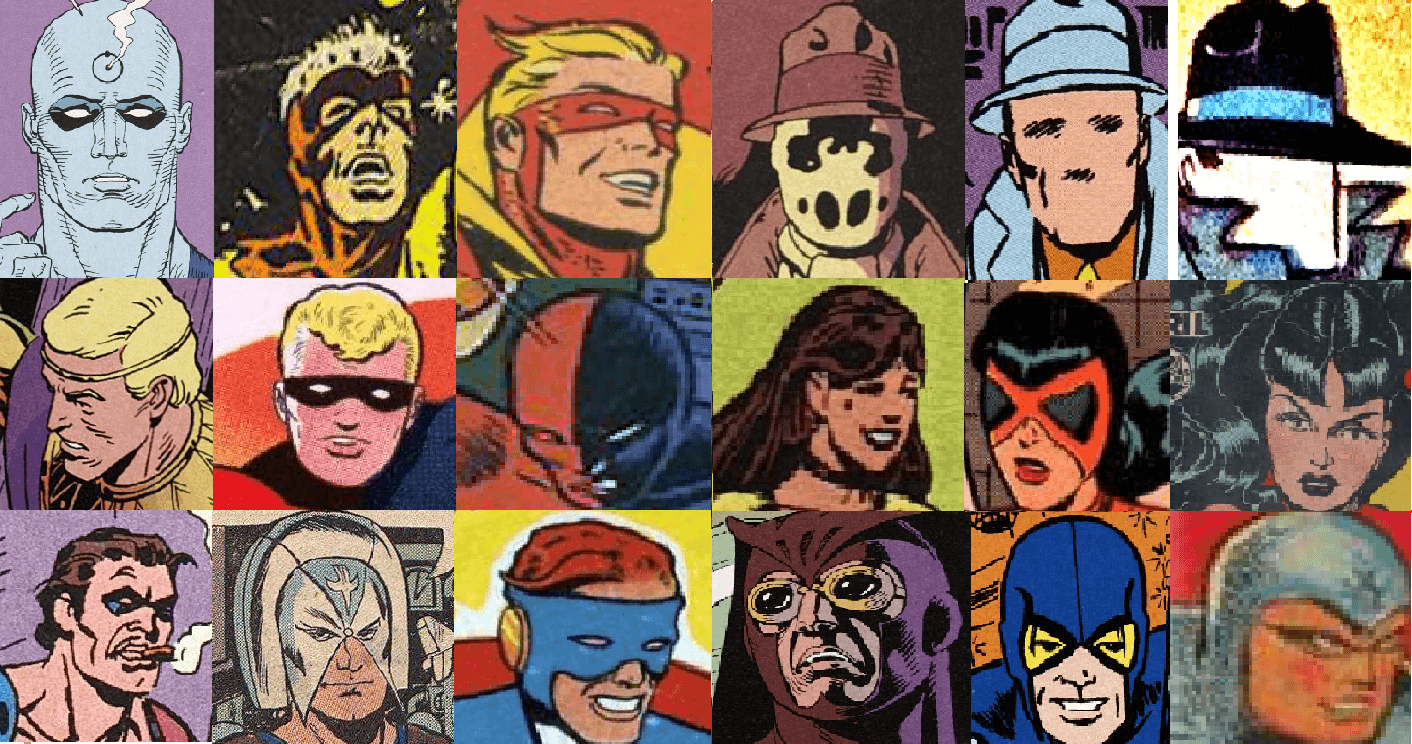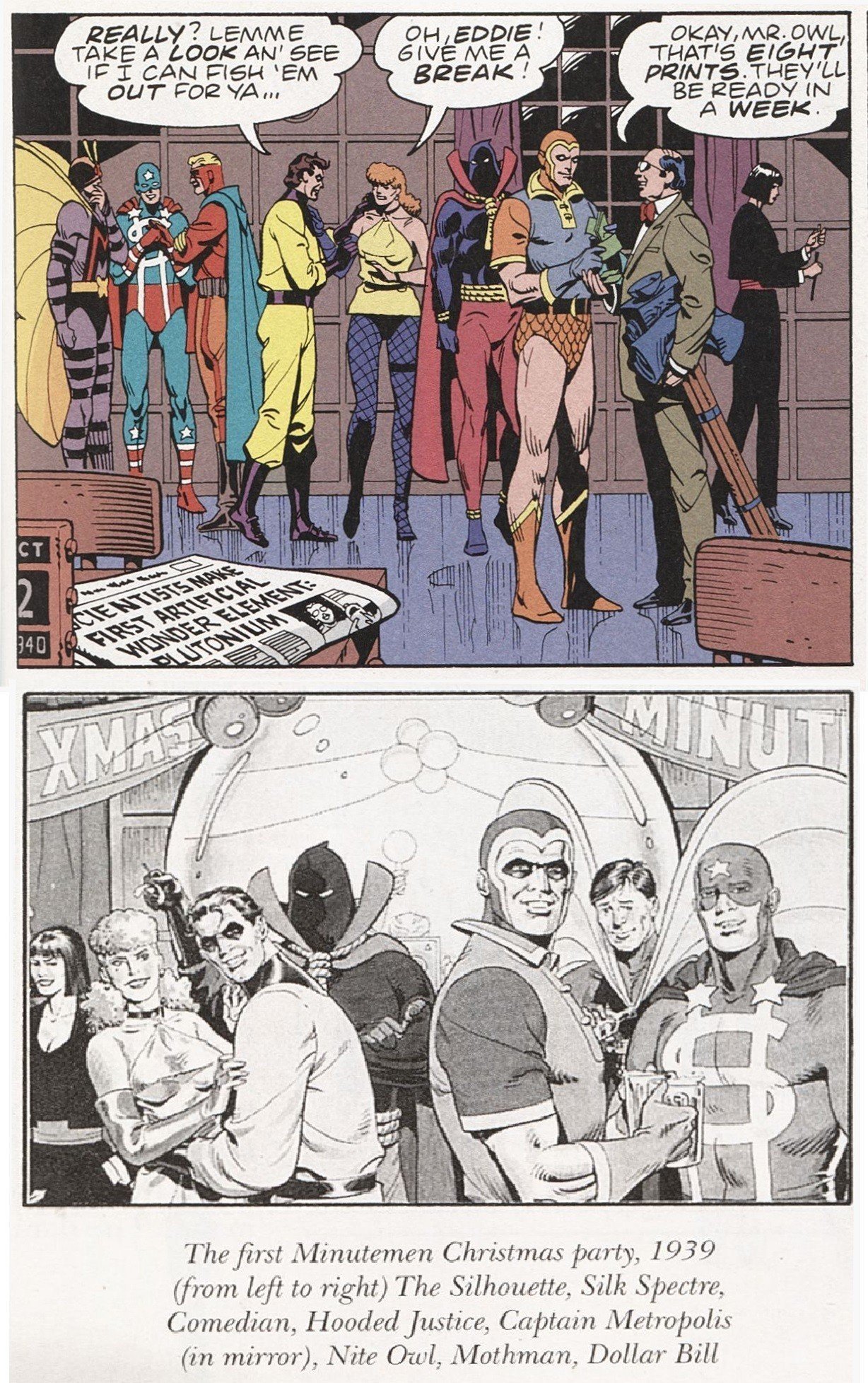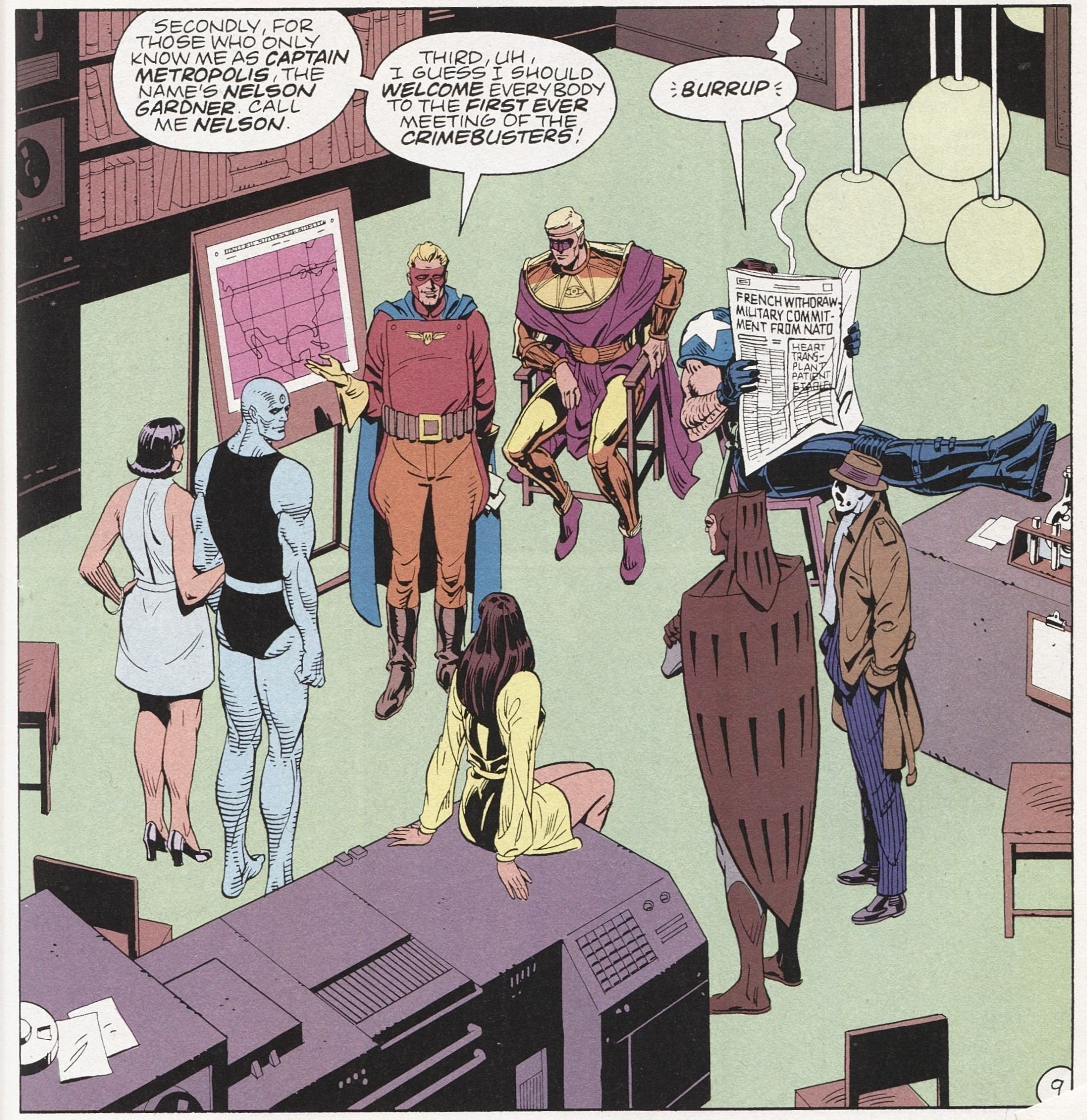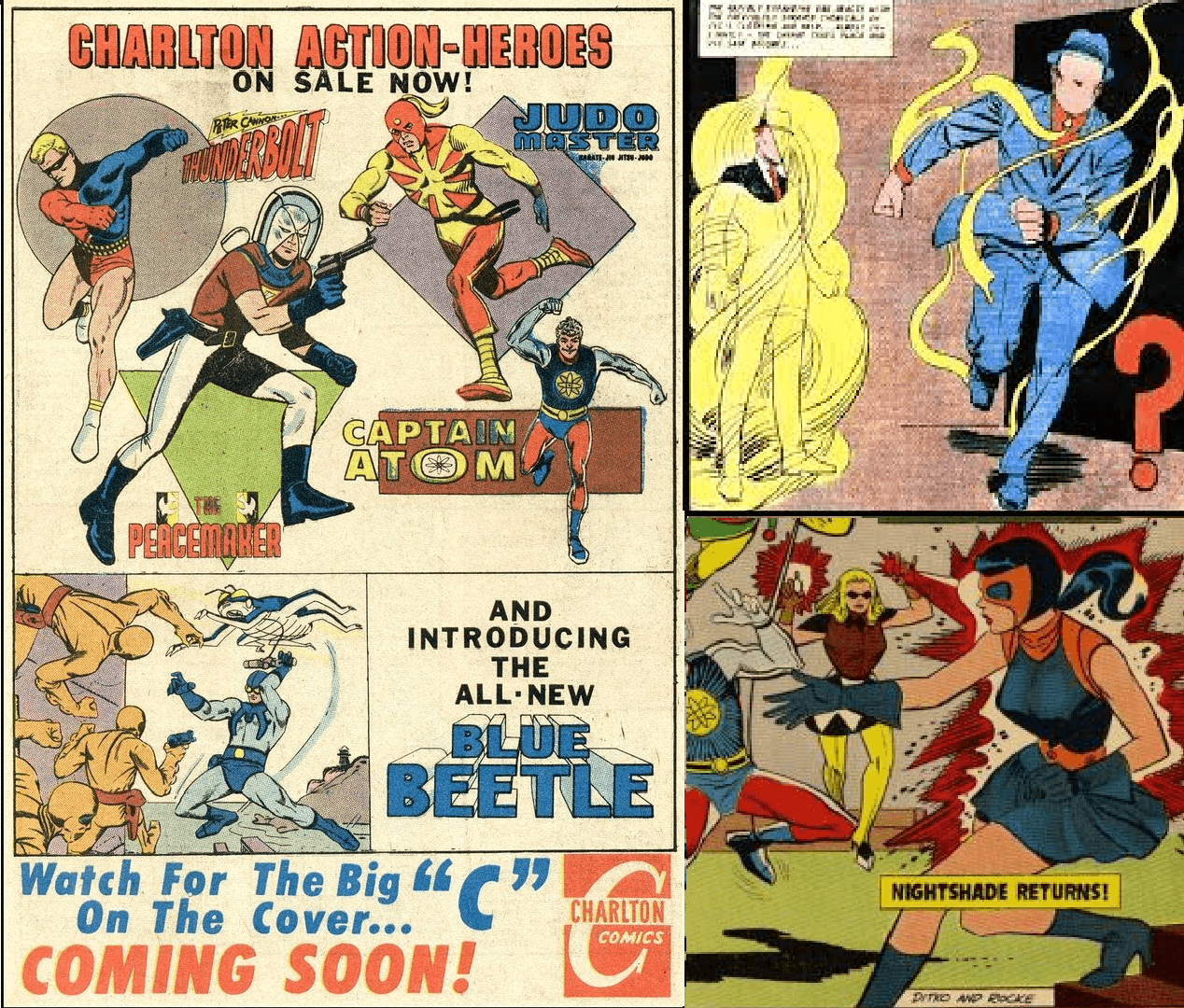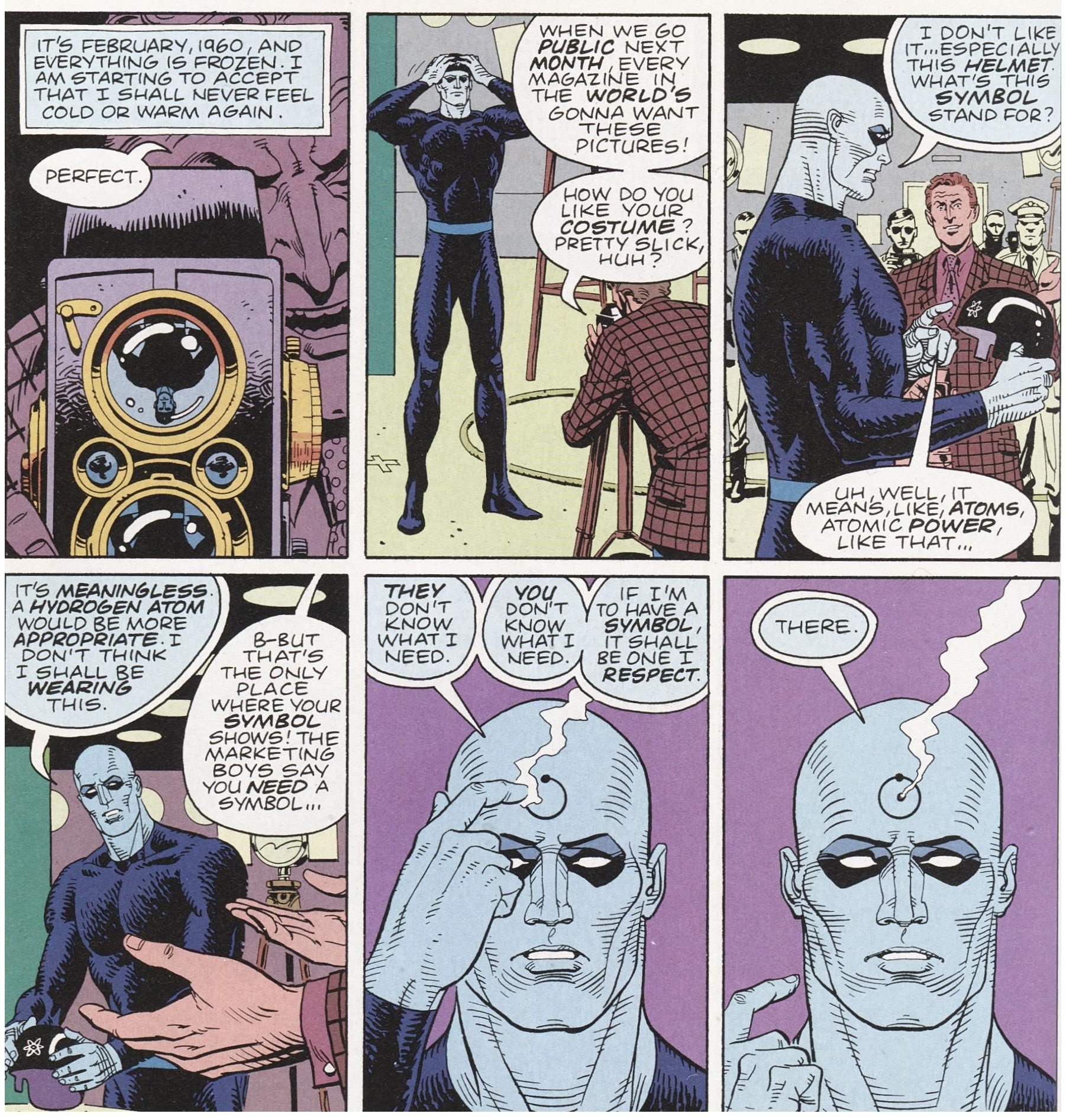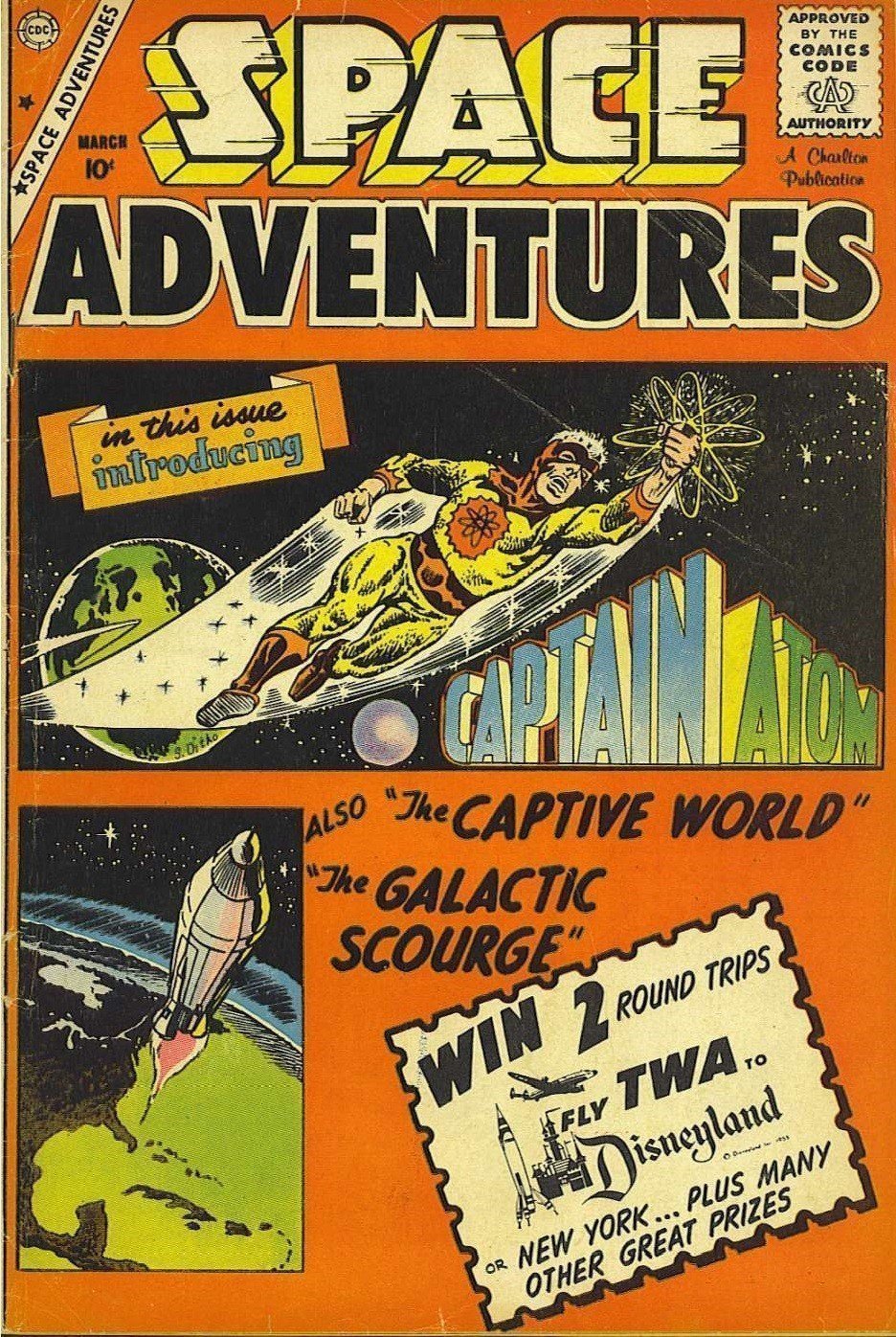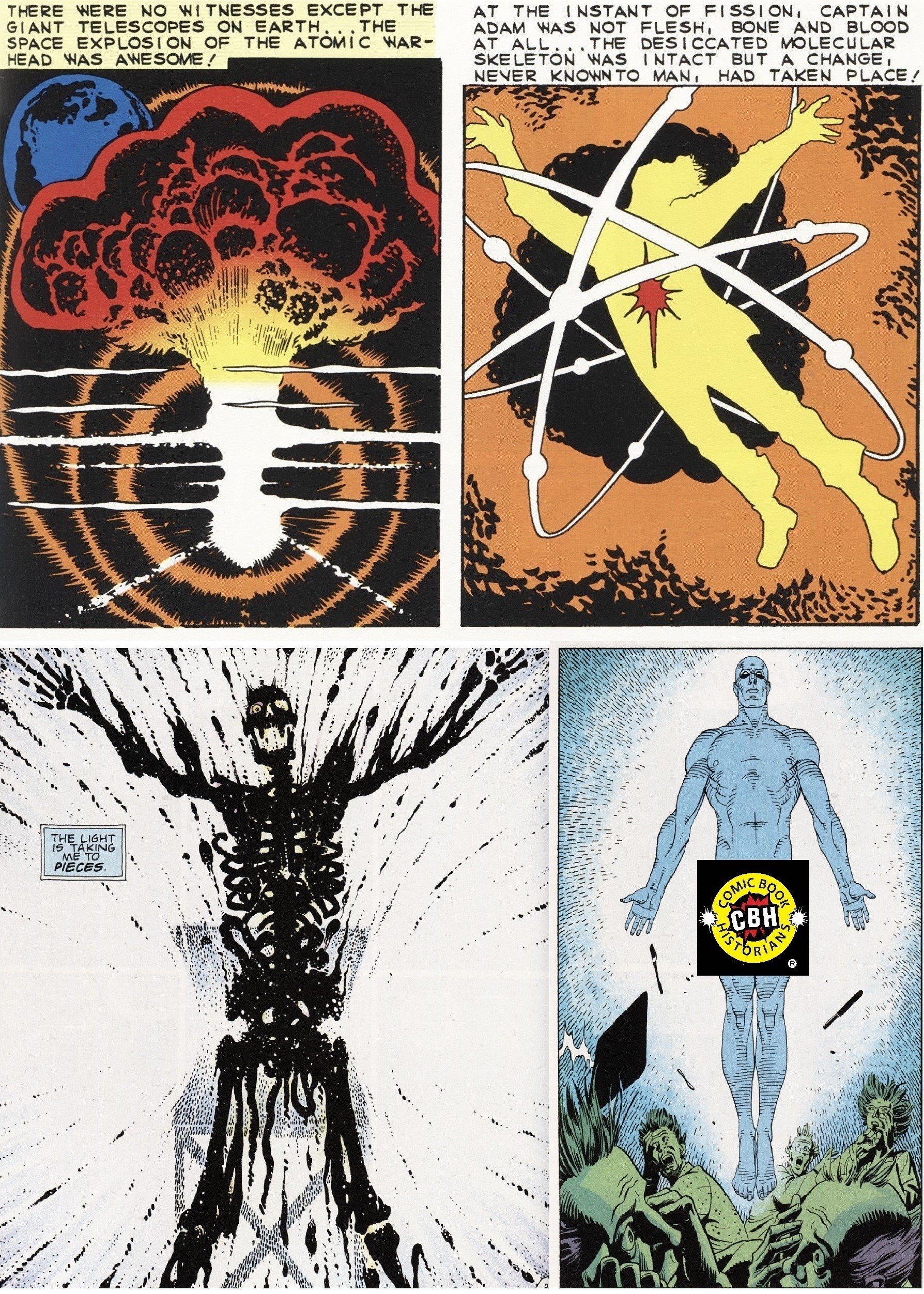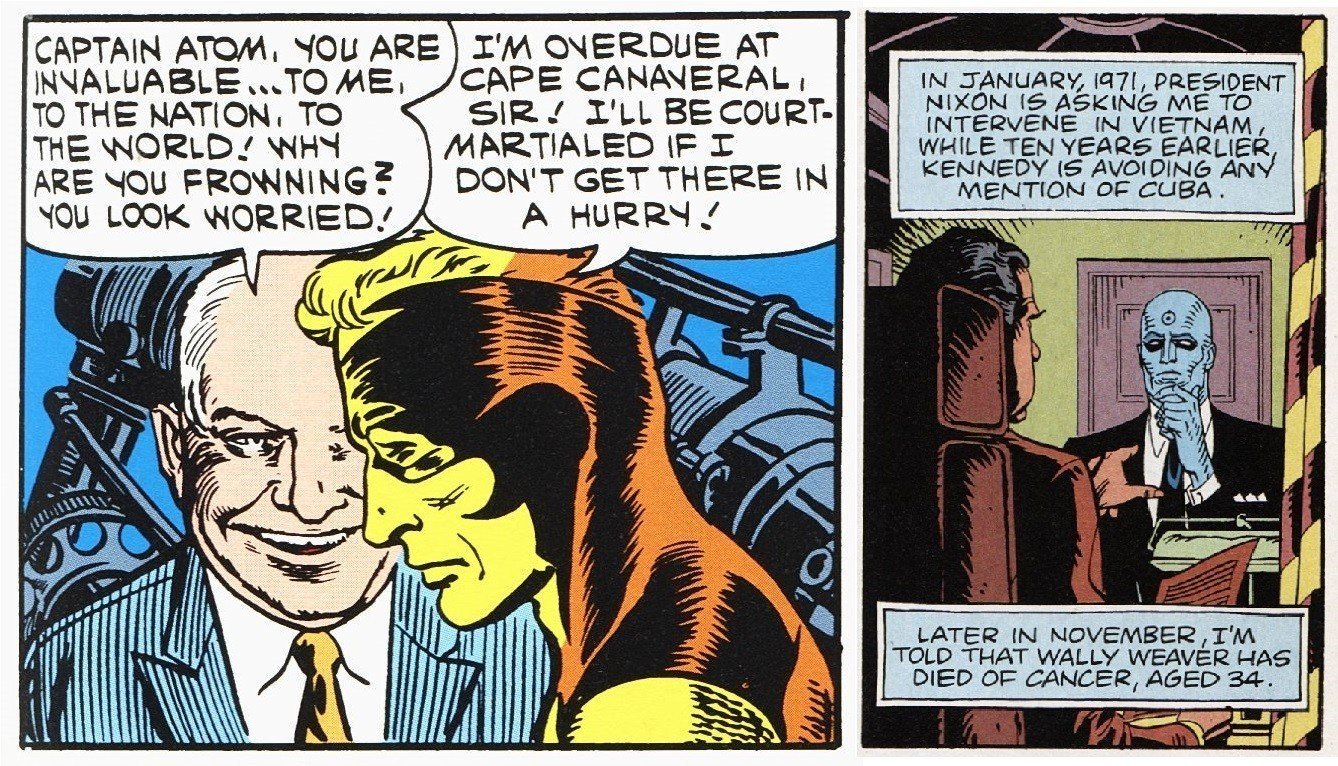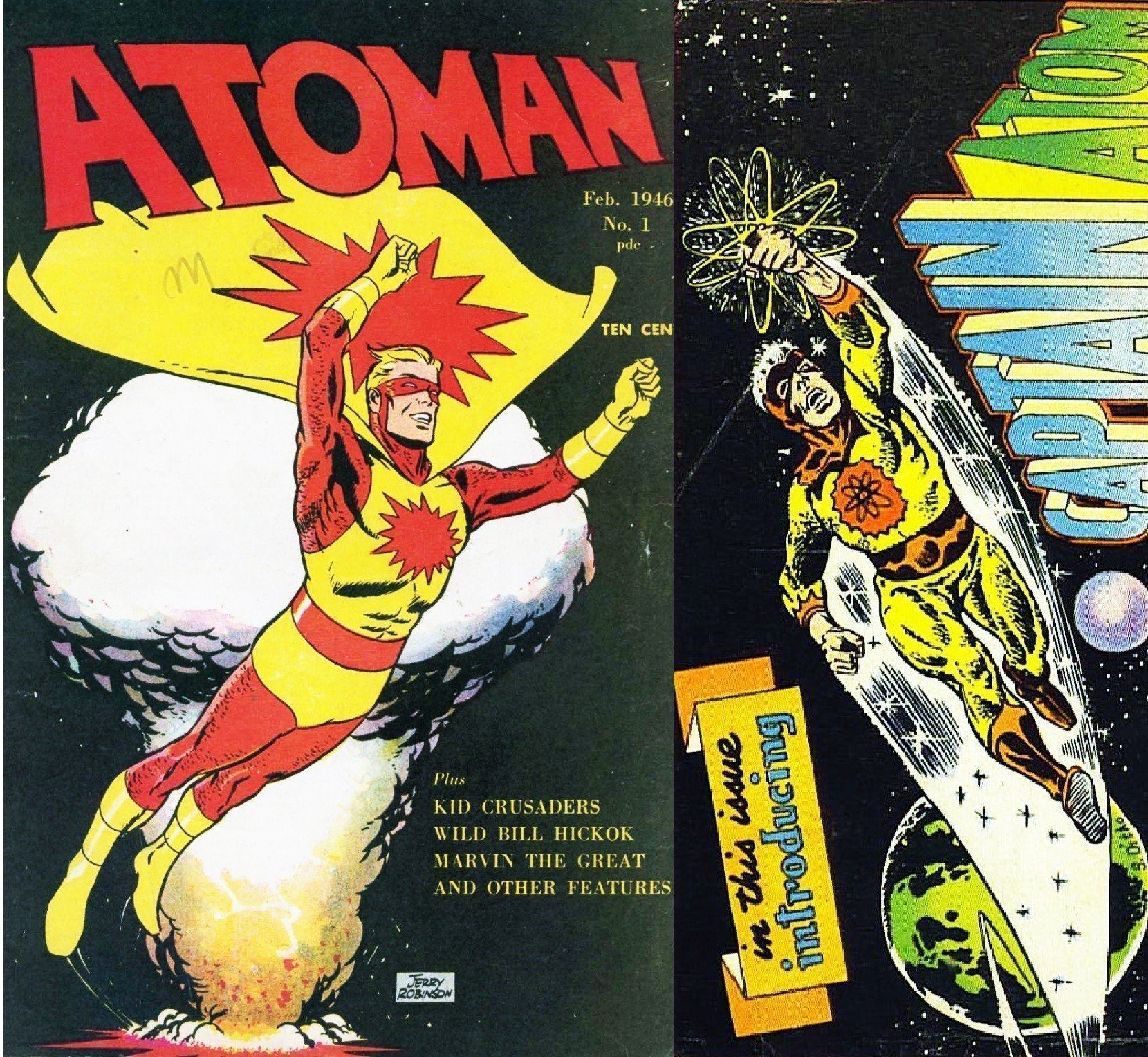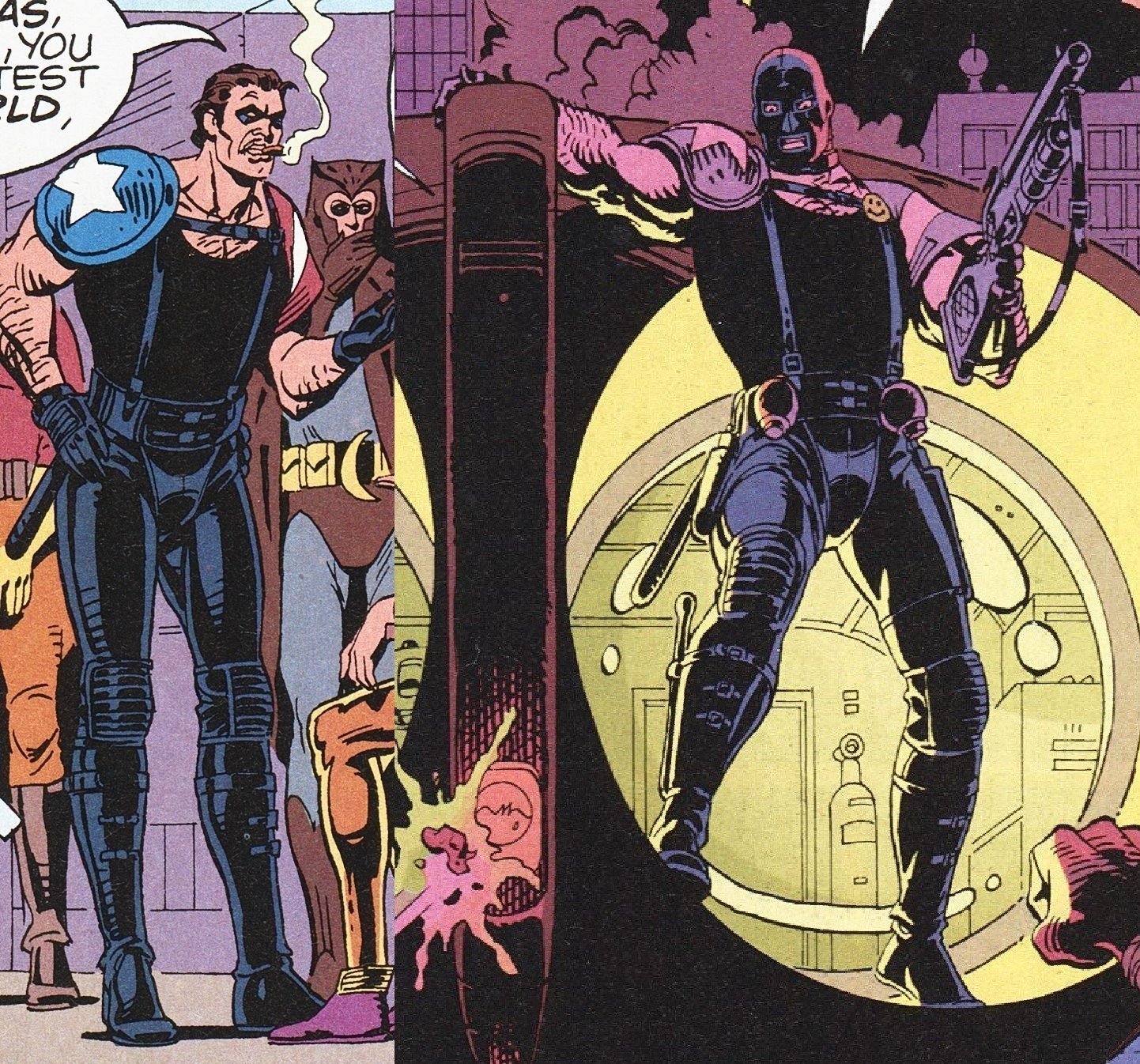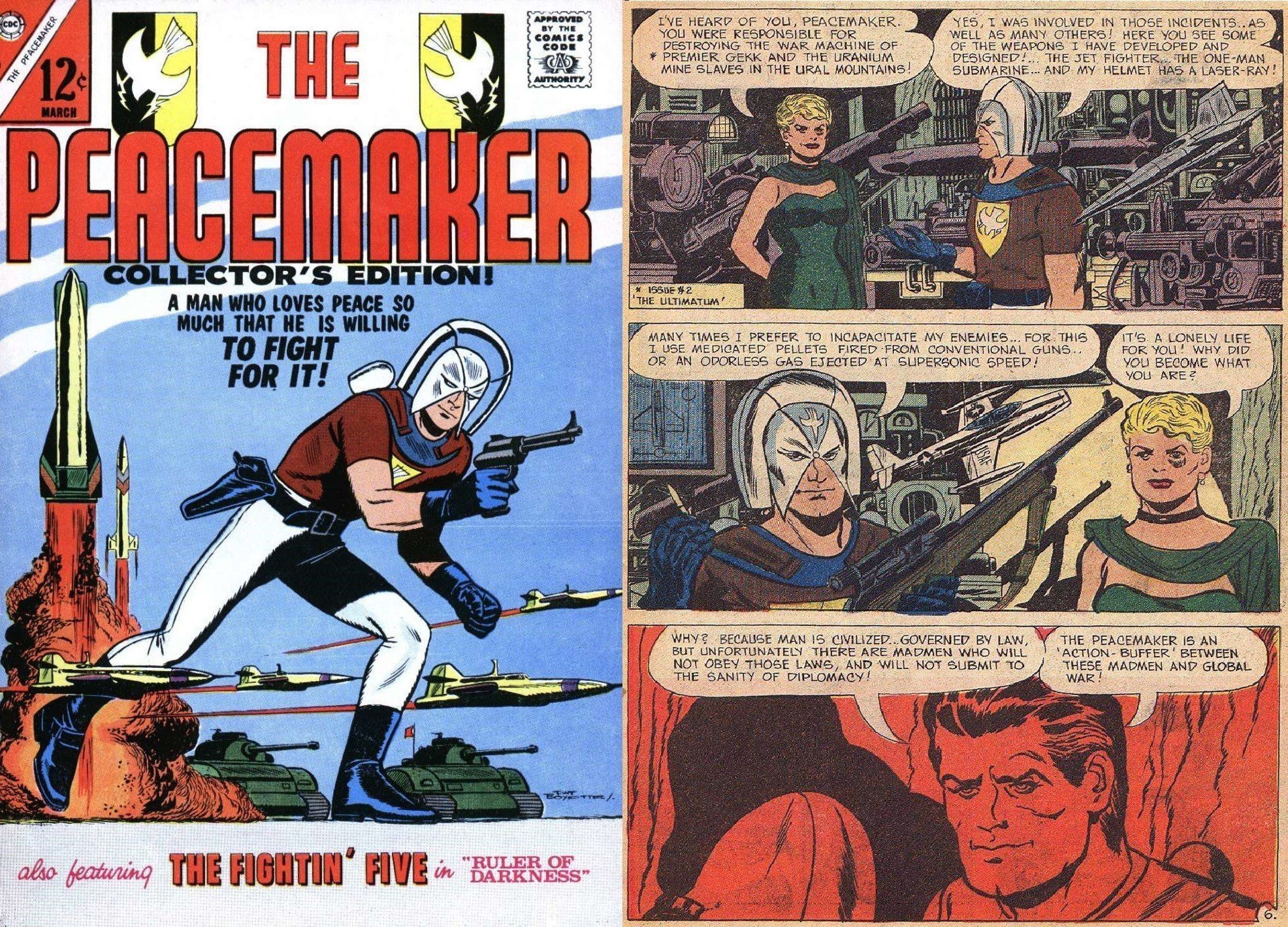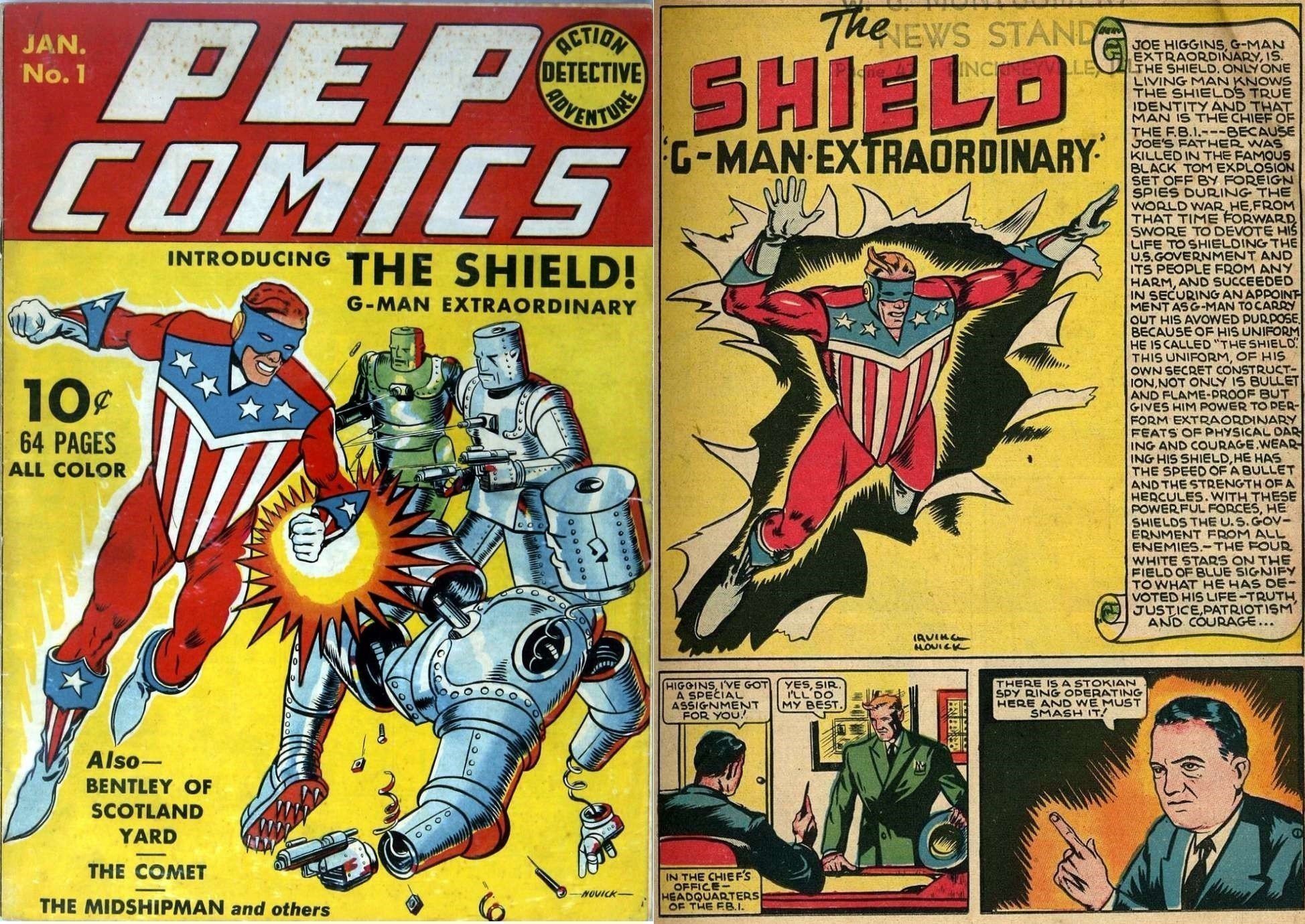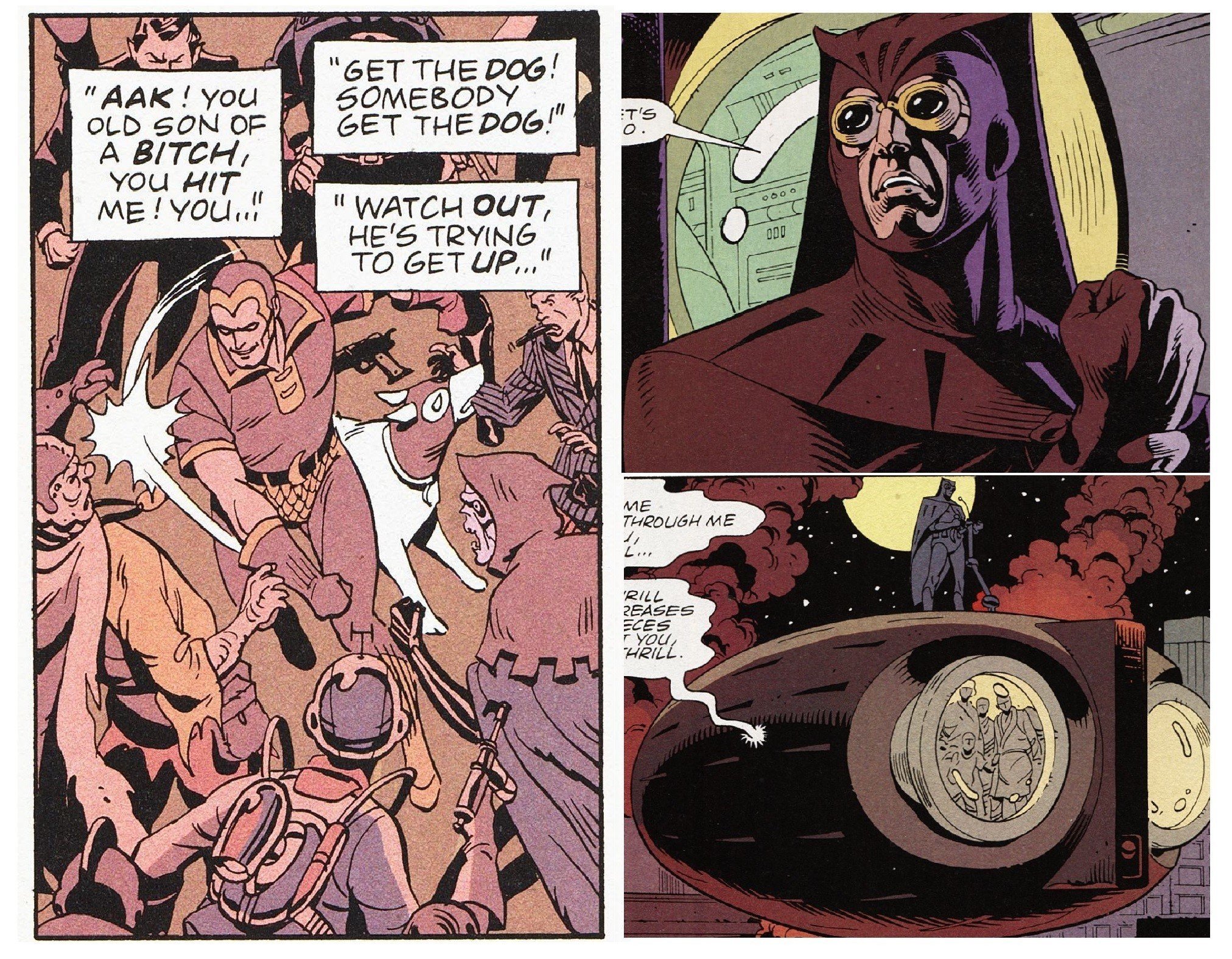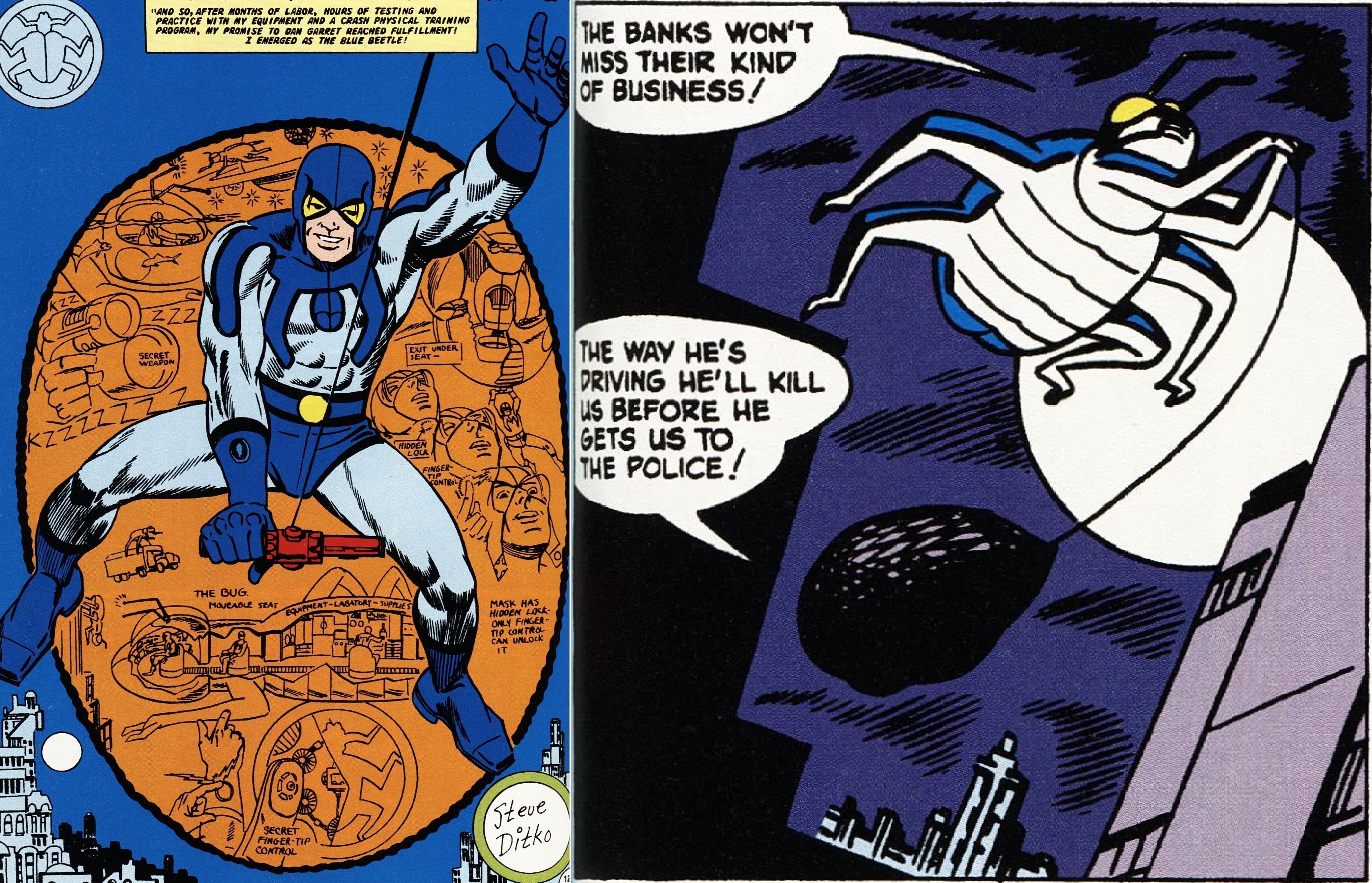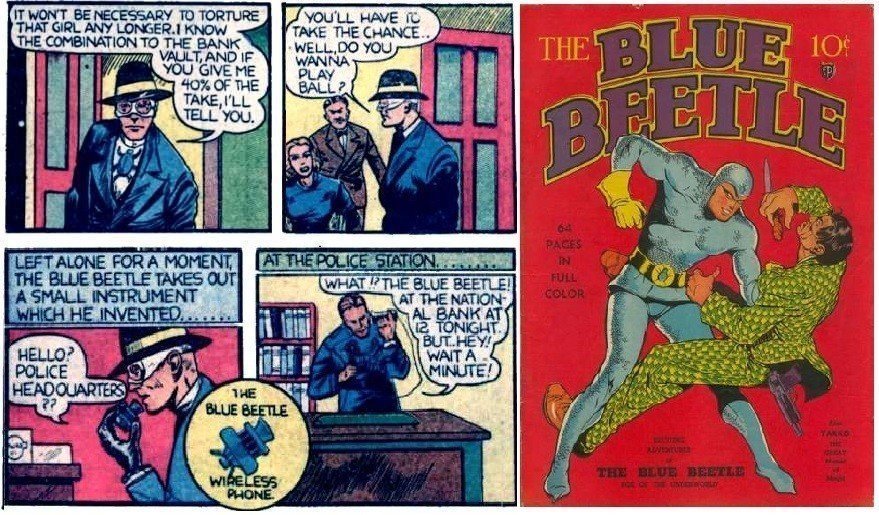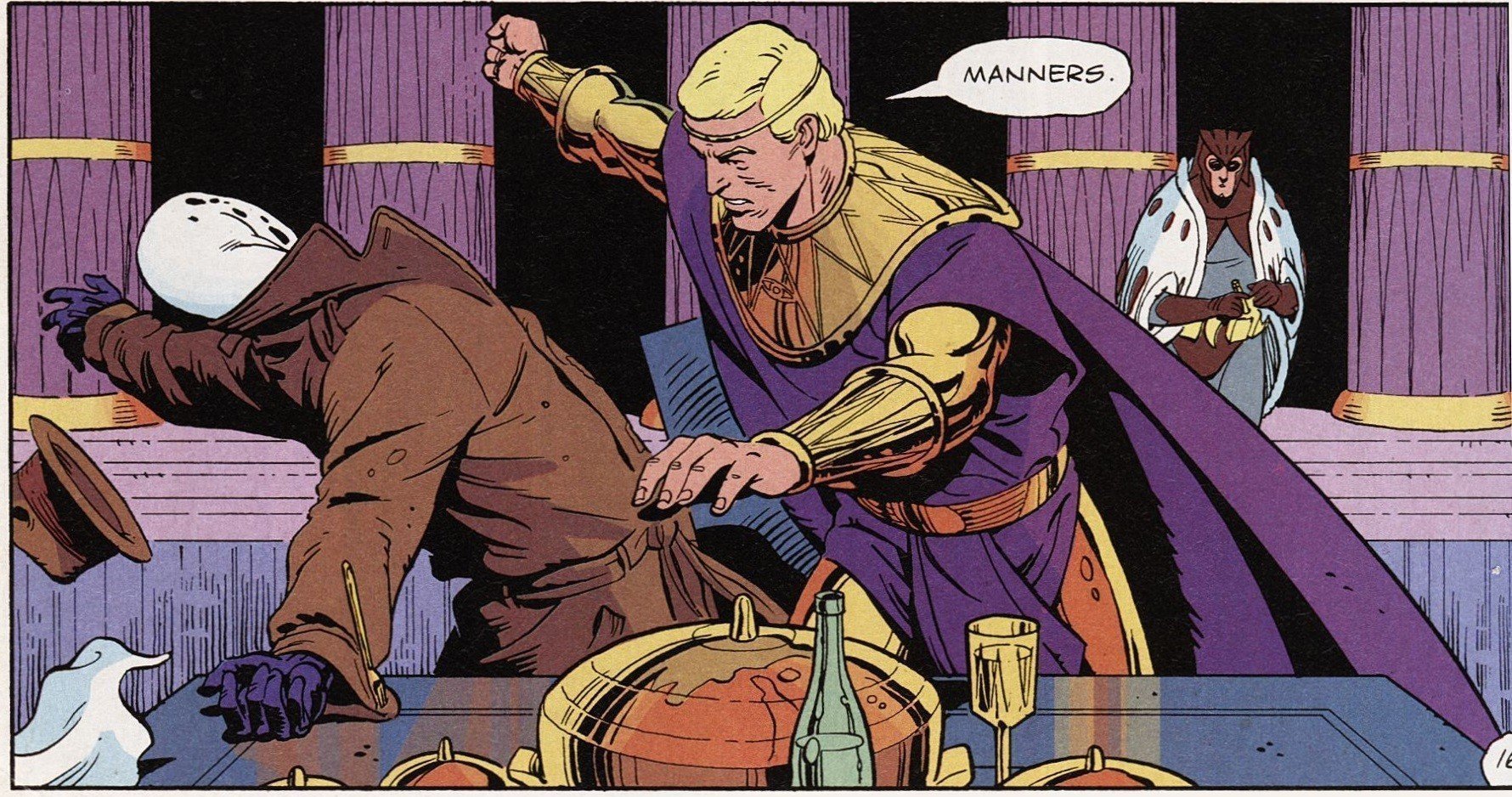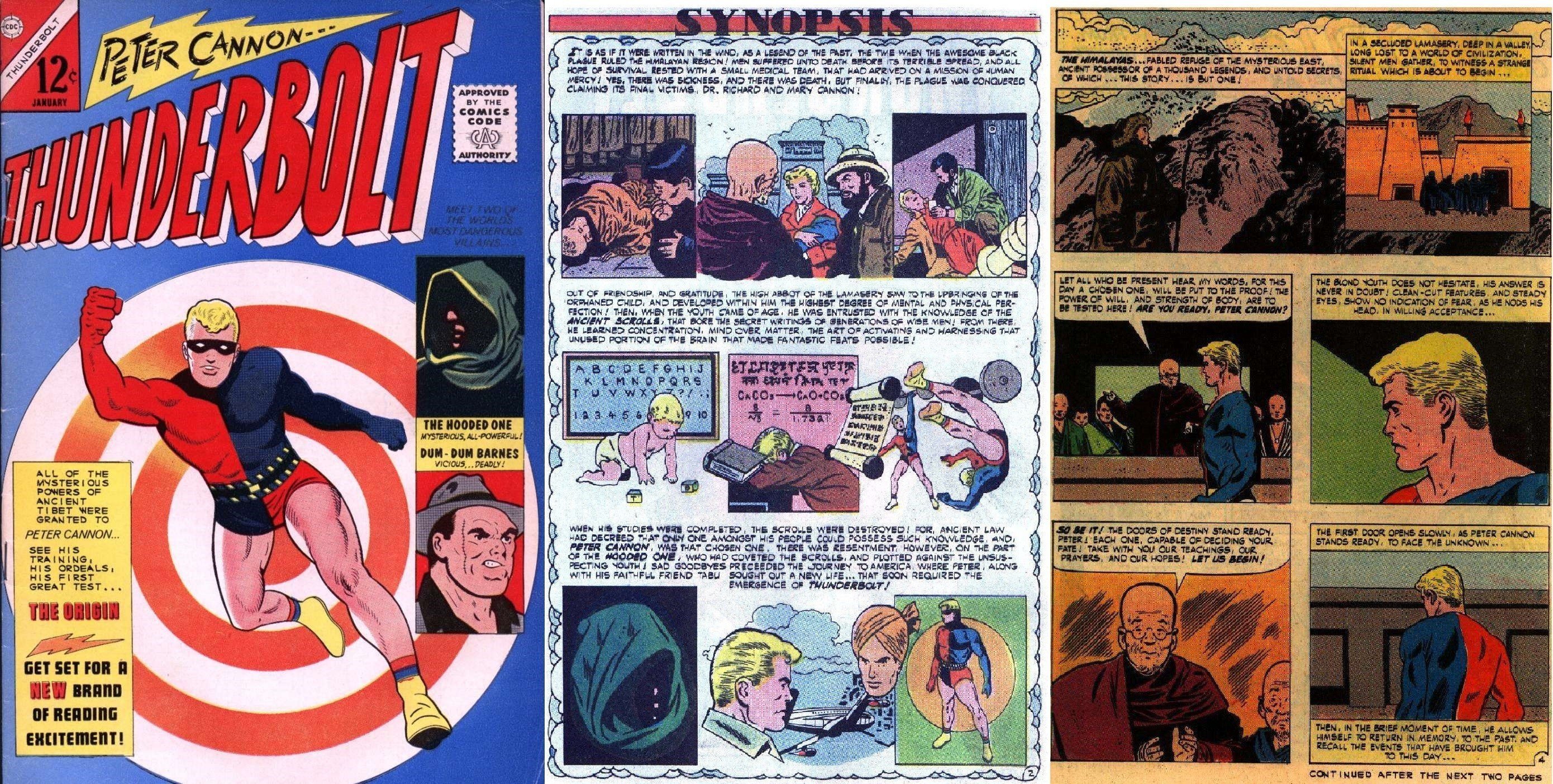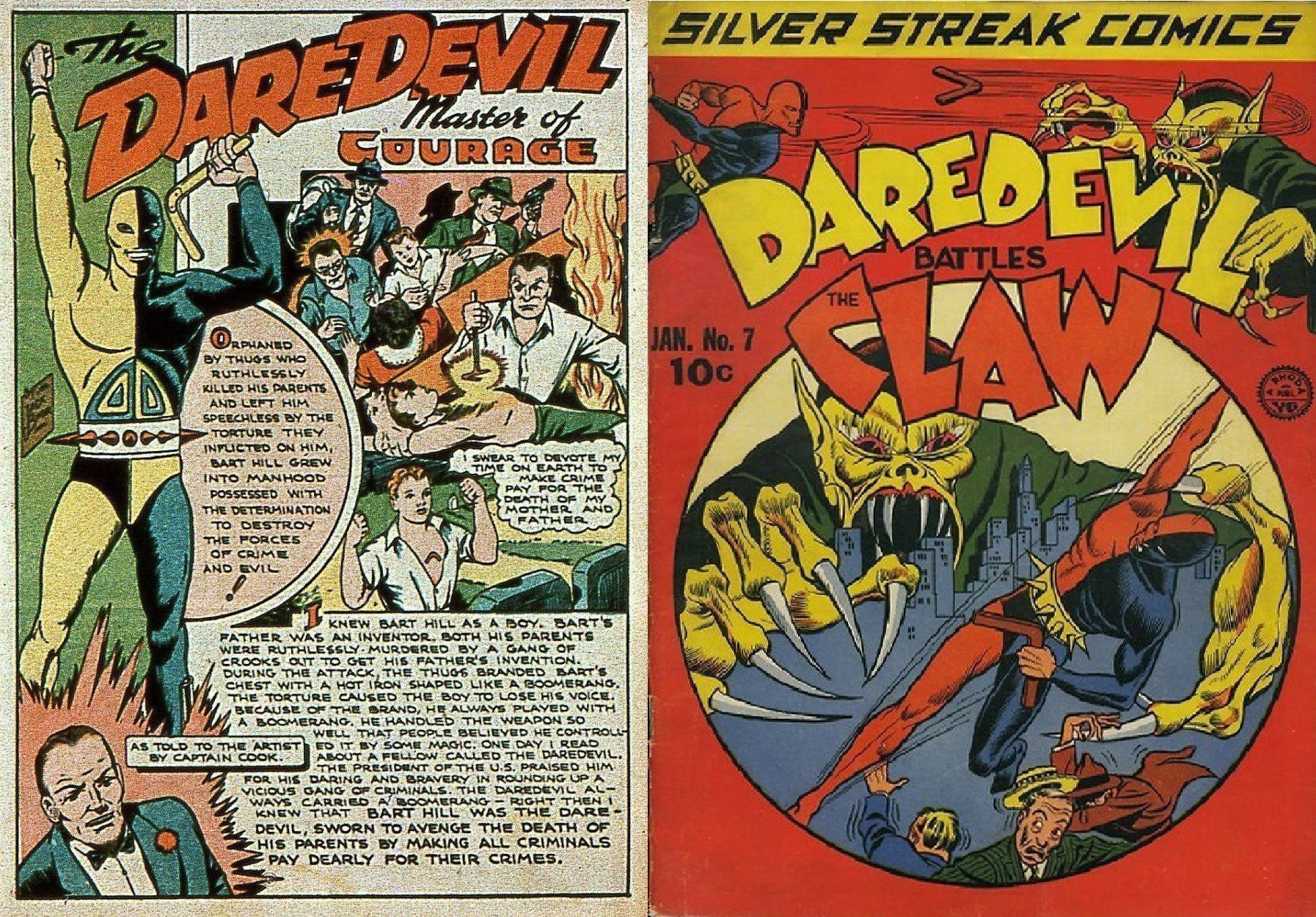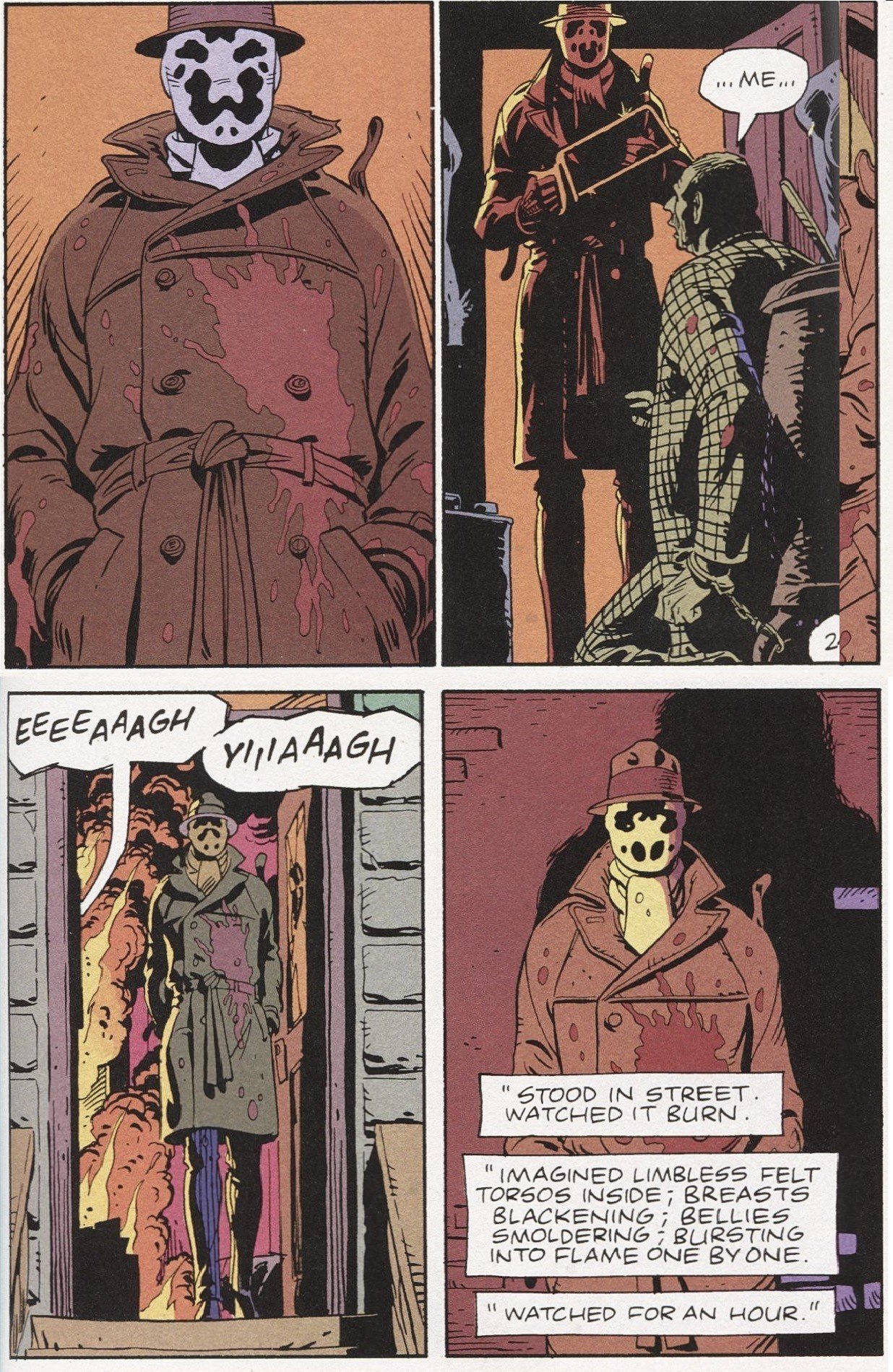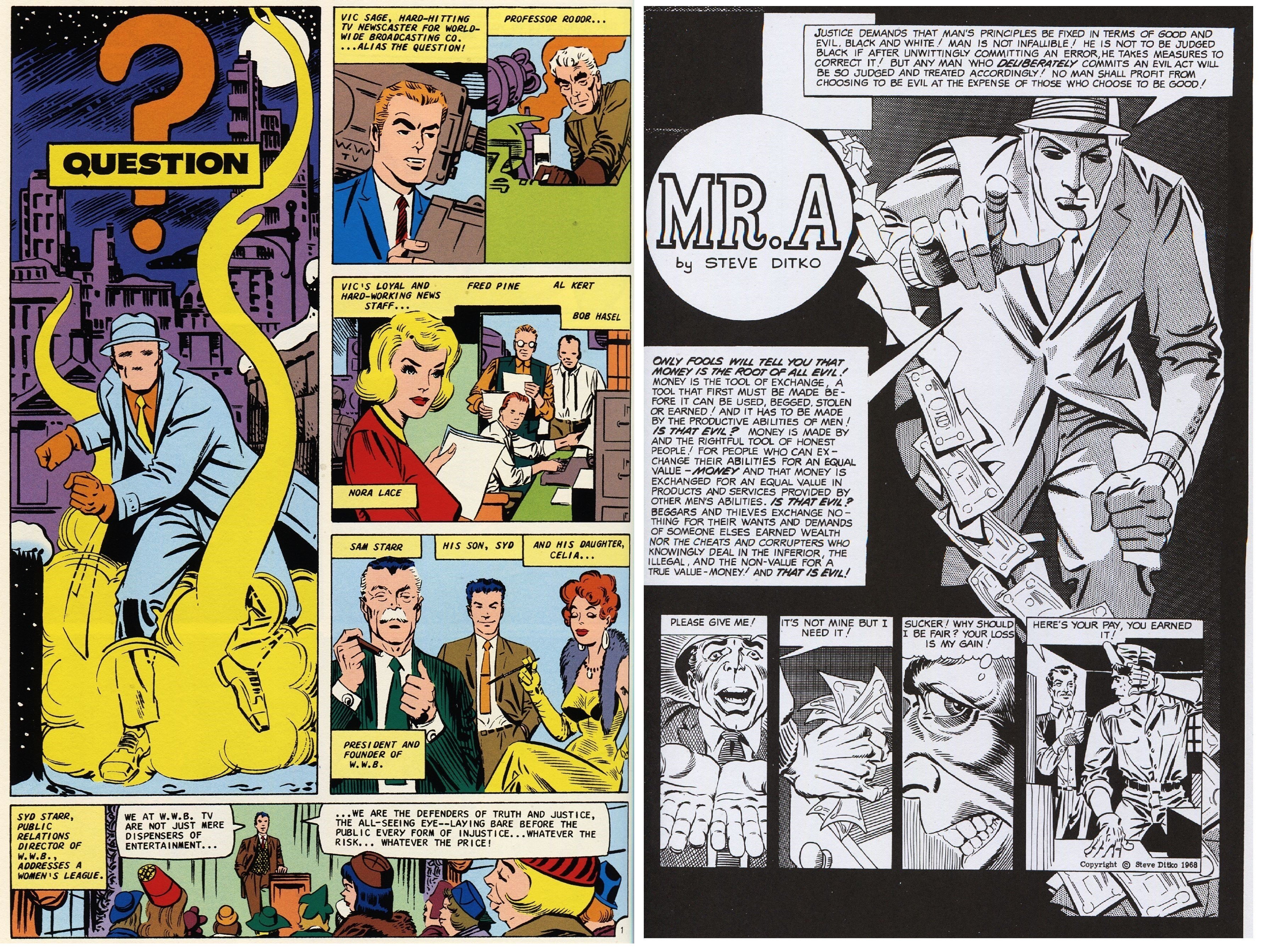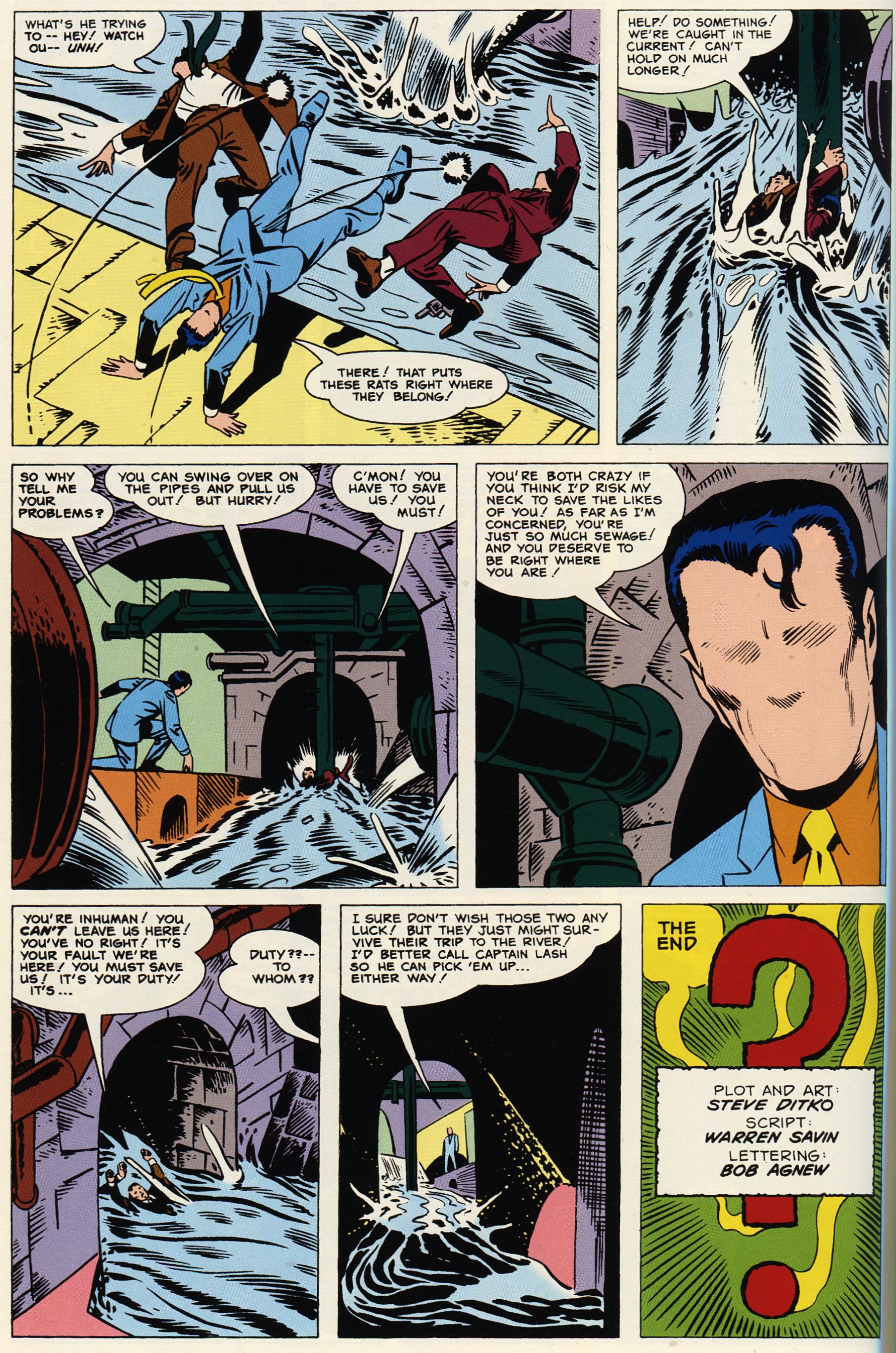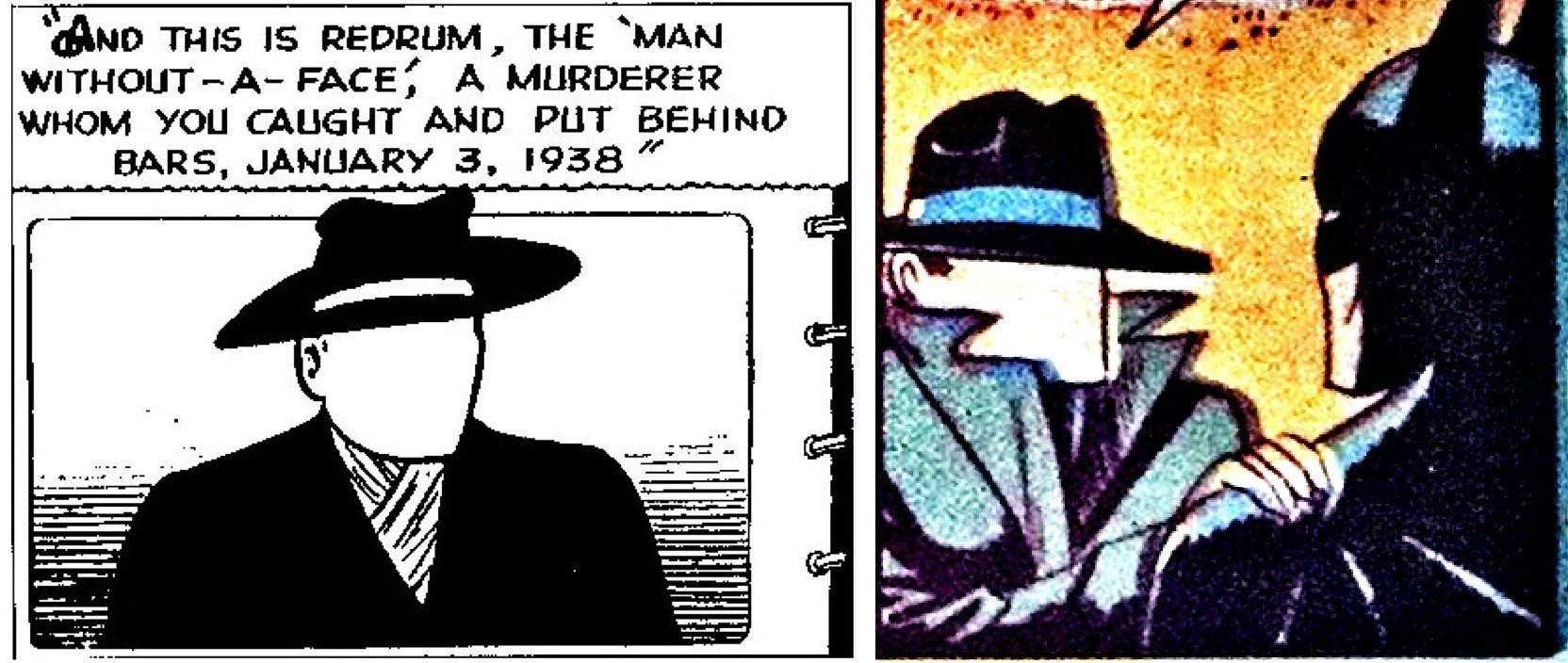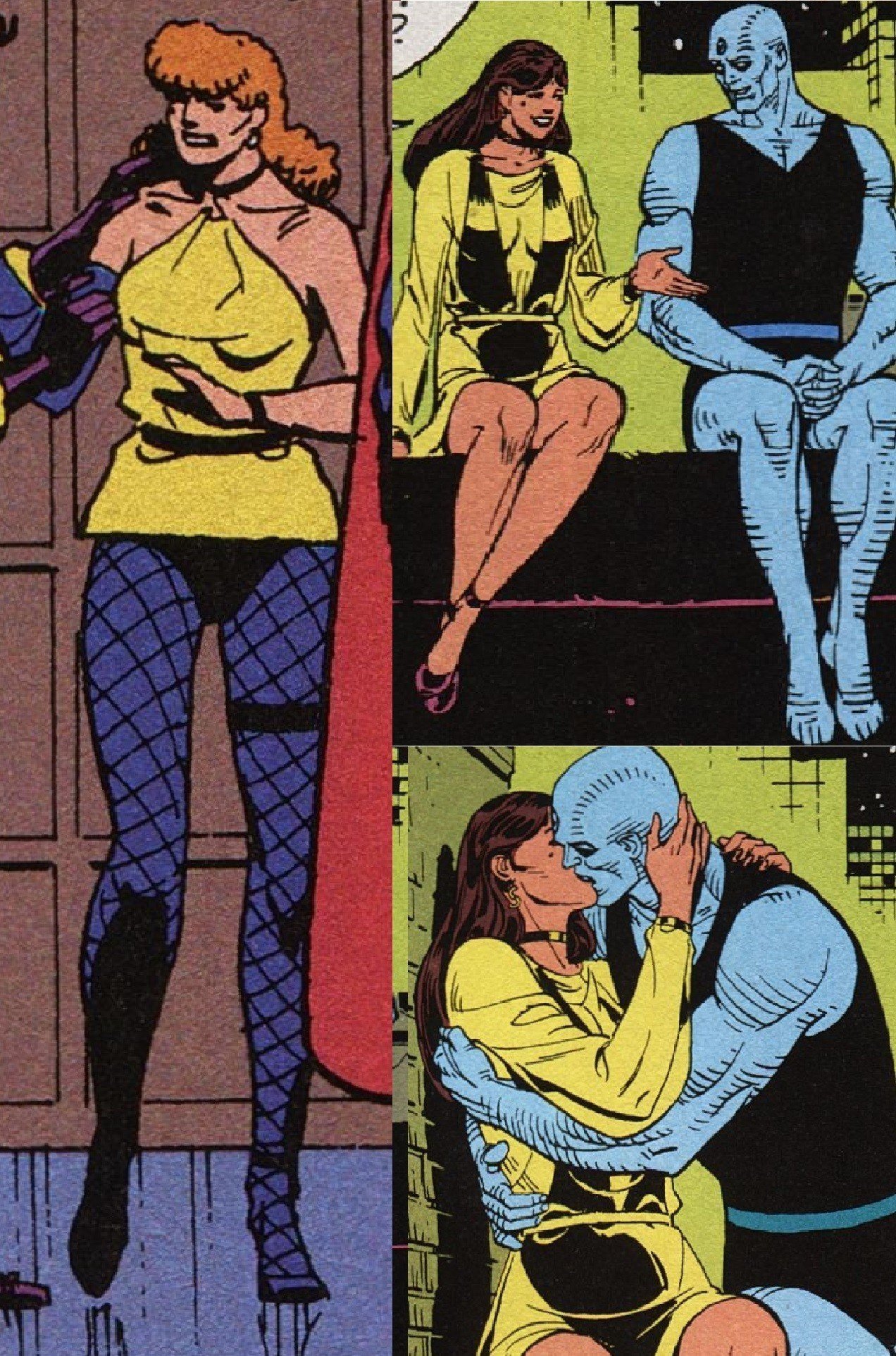Alan Moore’s Watchmen were based on Golden and Silver Age comic heroes by Alex Grand
Read Alex Grand’s Understanding Superhero Comic Books published by McFarland Books in 2023 with Foreword by Jim Steranko with editorial reviews by comic book professionals, Jim Shooter, Tom Palmer, Tom DeFalco, Danny Fingeroth, Alex Segura, Carl Potts, Guy Dorian Sr. and more.
In the meantime enjoy the show:
In the first episode, Eight Ages of Comic Books, we discussed how the Dark Age was heralded by 1985 Crisis on Infinite Earths, culminating into 1986 with The Watchmen by Alan Moore, Dave Gibbons and The Dark Knight Returns by Frank Miller.
What all these books have in common and what made them effective is taking Golden and Silver Age characters and literally breaking them or deconstructing them into the Dark Age. Alan Moore created the characters for Watchmen, but they were actually based on Silver Age characters, whom were based on Golden Age characters.
These miscellaneous Golden and Silver Age characters that were not Marvel or DC were essentially inserted into Alan Moore’s dystopian 1980s story and retooled into the characters that we now know. When reading the book, it makes several references to World War II and the war in Vietnam, so there is a feeling when reading it that it is spanning the ages, but which actual published characters from those ages were those characters based on? When we know the Golden and Silver Age source of these characters, it helps to see that Alan Moore essentially meant to show how these characters would actually function in the realistic world of their respective eras. In a roundabout way and through some dark scenes, Alan Moore and Dave Gibbons make commentary on the flaws of the Golden Age team in the Watchmen story, and that team was called The Minutemen.
As it explores this Golden Age team from both the superficial image of costumed crime fighters to their deeper, more complex and imperfect human side, it goes through the backdrop of World War II and them fighting fifth columnists and Nazi spies.Then the story spans time for the later version of the team with a recently super-powered 1960s Superman, empowered in a bizarre science fiction event, and teaming up with the new versions of the Golden Age characters in the 1970s. T
his 1970s scene showcases a tired, more sad version of a more hopeful 1960s team that took over the roles of costumed hero from the 1940s Golden Age team. Since the 1960s was a superhero renaissance with bizarre sci-fi-created powers being the theme, having Doctor Manhattan there with his atom logo was symbolic of the hope of the Silver Age and its getting worn out by the darker disappointments of the 1970s. This period transitions them away from the Silver Age into a more jaded 1980s Dark Age, consisting of the six main characters of the story. We have Ozymandias, Silk Spectre, Doctor Manhattan, Nite Owl, Rorschach, and The Comedian. By traveling between the Golden Age and the Modern Age and every now and then flash-backing to the 1960s Silver Age, as this modern team takes shape, we start to see a dark satire of both the Golden and Silver Ages and how they get corrupted as they face a more darker, realistic present. Probably one of the main reasons this story hits us readers hard is because these six characters, created by Alan Moore and Dave Gibbons, are actually based on 1960s characters who were re-derivations or retcons of 1930s, 1940s characters.
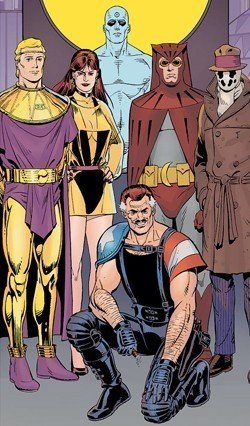
By channeling these real characters, this creative team was better equipped to realize this story and to impress their dark side onto us fans, but who were these characters? By understanding that, we get a better sense of what the creators were trying to achieve with this story, one of the best graphic novels of all time. Alan Moore said that he based the characters off of the old Charlton characters of the 1960s.
DC acquired the rights to these characters in the 1980s and gave them to Alan Moore, whom he completely deconstructed. DC didn’t like that the characters were completely broken by his treatment but loved the story, so he had them change the characters. However, who were those characters and who created them? What Golden Age characters were they based on? Let’s start with our most powerful character, Doctor Manhattan. The main clue on who Doctor Manhattan is based on is shown in the scene where he changes his symbol from an atomic symbol to one that he respects, that of a proton and an electron.
As mentioned in the Eight Ages of Comic Books episode, super powers from a bizarre science fiction event is a hallmark of the Silver Age, and the Silver Age character he is based on is Steve Ditko’s Charlton character, Captain Atom, created in Space Adventures #33, 1960.
We know Steve Ditko as the co-creator of Spider-Man, and he is the full creator of Captain Atom, who, just like Doctor Manhattan, got his powers in a similarly bizarre accident, and, like the Flash or Spider-Man, uses those powers for good.
The way Charlton had to find good at the time was as an employee and paid servant of the United States Military, deployed and defending Earth from alien invasion or seek and destroy or seek and find missions, even at times taking orders from the president himself.
What makes this interesting is that Doctor Manhattan also took orders from the president to fight and win the Vietnam War. Captain Atom’s costume style has been used since then for various characters, including his stardust trail.
But Steve Ditko, his creator, based Captain Atom off of Jerry Robinson’s Golden Age nuclear-powered character, Atom Man. Their costume designs and colors are close to the same. Robinson was a known influence on a young Steve Ditko, who has said this in numerous instances. This makes Atom Man the Golden Age precursor to the atom-powered Doctor Manhattan and created by Joker co-creator, Jerry Robinson, as well as Ken Crossen in Atom Man 1, 1946. The origin of Atom Man is actually more in line with Doctor Manhattan as a scientist who works at an atomic institute who was exposed to nuclear materials and gained superpowers as a result.
As far as The Comedian, he was seen as a special ops soldier of the United States Military who enforced global peace by strong acts of violence.
His Dark Age quality that stood out in the comics was that he understood the hypocrisy of his work, nations in general, and laughed at the silliness of his and other people’s atrocities. With almost a nihilistic sensibility, he saw the grand disgusting truth of the world, and his death precipitates the entire Watchmen story. The Comedian was based on the 1960s Charlton character, Peacemaker, by Joe Gill and Pat Boyette in Fightin’ 5 #40, November 1966.
Peacemaker was known for his memorable one liner that he loved peace so much he would fight for it, which as a US Government special ops agent, was also essentially The Comedian’s job description. The Comedian, however, had more of a red, white, and blue look to him to play upon his sense of patriotism, which is a derivation, also, of a Golden Age character from MLJ Comics called The Shield.
The Shield was created by Irv Novick and Harry Shorten for the comics line later known as Archie in Pep Comics #1, 1940. Similar to the later Captain America, The Shield is augmented by both chemicals and then exposure to radiation, which gives him his powers. However, his main flavor brought to The Comedian is his patriotic garb and his special ops status: to take care of enemies under the auspices of the US Government. Nite Owl had a Golden Age and Silver Modern Age counterpart in the Watchmen story with both Nite Owl and Nite Owl 2.
They both had athleticism, and the later Nite Owl also had owl-based gadgets in an almost Batman fashion. These two Golden and Silver Modern Age characters were based on the Charlton character created by Steve Ditko as the Ted Kord version of the Blue Beetle, who premiered in Captain Atom #83, 1966. Charlton had tried their hand on the Blue Beetle before Ted Kord, which didn’t do so well, and it was Steve Ditko’s take on the character in creation of Ted Kord with his beetle-based devices which is the most celebrated.
His flying vehicle is a great creation by Steve Ditko, and the Owl’s flying device by Alan Moore and Dave Gibbons is clearly an homage. This version is what Alan Moore based his Night Owl 2 character from, and he bases his Night Owl 1 character on Victor Fox Comics, the original Golden Age Blue Beetle, Dan Garrett, in Mystery Men Comics #1, 1939.
The Golden Age Blue Beetle was created by Charlie Nicholas and, similar to Night Owl 1, didn’t have powers and used his beetle symbol to confuse and scare criminals. He started out as a masked mystery man in the vein of The Gray Seal and later became a costumed athletic adventurer and punched a lot of evil faces. We know The Gray Seal from the Pulps to Comic Book episode.
Ozymandias is the notable anti-hero or villain from the Watchmen series, and his blond demeanor, with Eastern roots and incredible martial arts skill, made him very interesting with his nihilistic journey to saving the world.
He was essentially the world’s most perfect human, both mentally and physically, using every percentage of his brain to outfit and outthink his enemies, including the rest of the Watchmen except for the super-powered Doctor Manhattan. Alan Moore based him off of the Charlton character, Thunderbolt, created by Pete Morisi in Peter Cannon, Thunderbolt #1, 1966.
In this comic, Morisi discusses the origin of Thunderbolt as also the world’s mentally and physically perfect man, who is raised with Eastern techniques and values. In the comic, it says Peter Cannon, orphan son of an American medical team, was raised in a Himalayan lamasery where his parents had sacrificed their lives combating the dreaded black plague. After attaining the highest degree of mental and physical perfection, he was entrusted with the knowledge of the ancient scrolls that bore the secret writings of past generations of wise men. From them, he learned concentration, mind over matter, the art of activating and harnessing the unused portions of the brain that made seemingly fantastic feats possible. This character with the others mentioned were all under Charlton editors’ superhero Action line, and what is interesting is that Pete Morisi created this character because he couldn’t complete procuring the copyright from the creators of the Golden Age Daredevil character that was created by Jack Binder and first appeared in Silver Streak #6, 1940.
This character was revamped by Jack Cole into the red divided costume that would form the basis for the Silver Age Thunderbolt character by Morisi. His trademark was taken by Martin Goodman to create the Matt Murdock Daredevil for Marvel, and that similarity was discussed in our episode five. However, the copyright of the original character itself was still not being used, and Morisi wanted it. That didn’t happen, so he created Thunderbolt instead with a similar costume. Funny thing because Moore wanted to use Thunderbolt in Watchmen and DC did not allow that, so he made Ozymandias instead, the same thing that happened with Morisi when he wanted to use Daredevil and instead created Thunderbolt. Life is funny sometimes.
Rorschach is the blank-masked, trench-coated character who has very definite views of good and evil and exorcizing his inner demons by physically enforcing his views of crime and punishment on the outlaw citizenry around him.
Alan Moore based his 1986 character Rorschach on the 1966 Steve Ditko-created characters, The Question, who first appeared in Blue Beetle 1, 1967, and The Question was a slightly less extreme version of the other Steve Ditko character, Mr. A, who first appeared in Wallace Wood’s Witzend #3, 1967. Ditko meant these characters to actually be the same objectivist punisher of criminals.
However, the comics code demanded a more mild version of The Question, where the comics code had no jurisdiction over the magazine market where Mr. A was more unleashed and vengeful. He was also a more realized objectivist punisher that Ditko specifically wanted on paper.
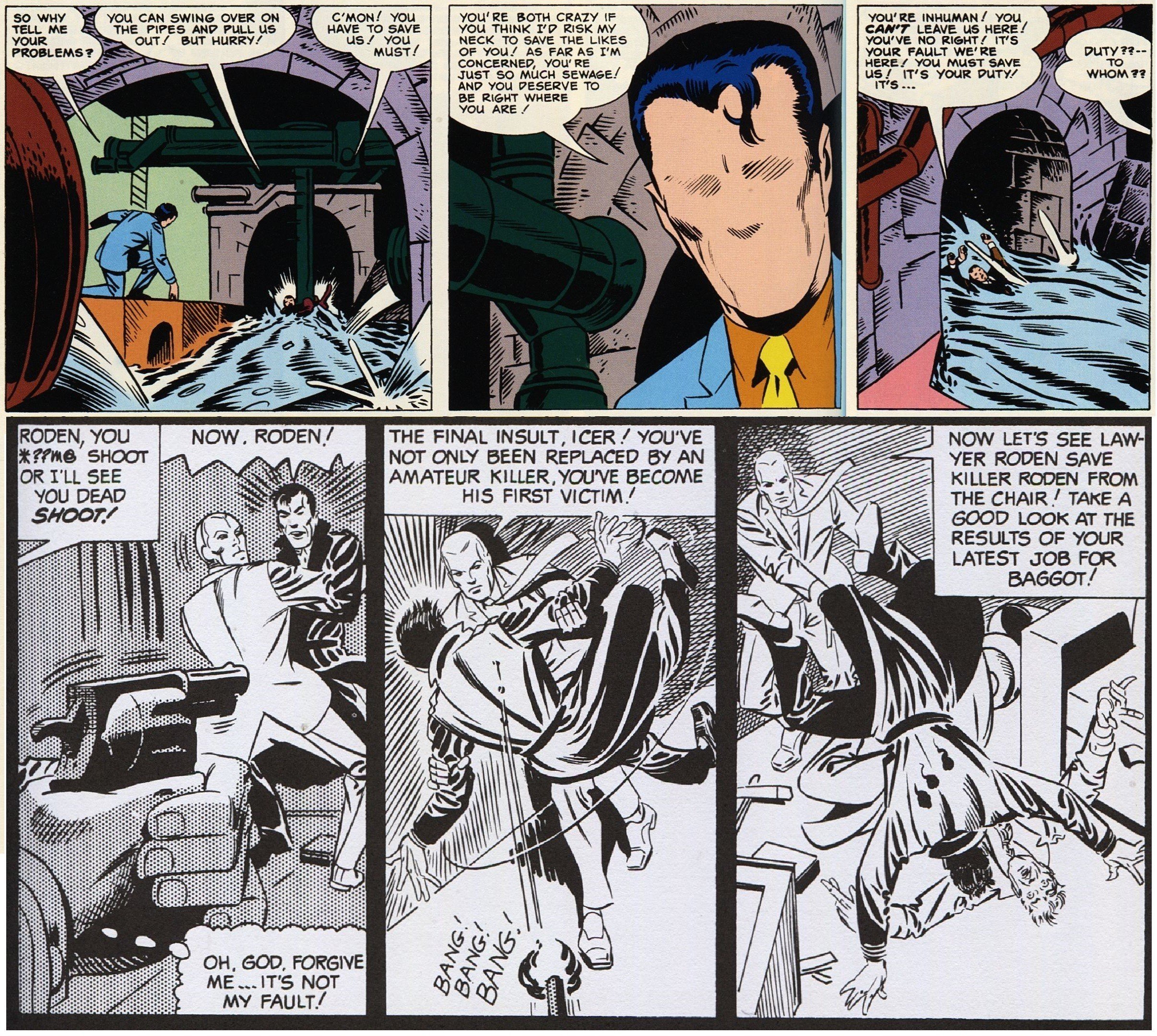
Here are scenes both from Blue Beetle #4, 1967 and Witzend #3, 1967 where both masked anti-heroes both allowed criminals who put themselves in jeopardy to die, allowing them their just deserts. Here are a few panels showing that The Question allowing criminals to die and Mr. A, who more extremely causes the death of one as an act of another to protect himself. Here is a couple panels from The Question death scene, where in the last panel there is scripting showing that the criminals survive and will get picked up by the cops, with a clarification that that script was not written by Ditko himself.
This was done to appease the comics code authority, who would have returned the story if there is death without consequence. Question and Mr. A were likely based visually on a Batman blank-faced character in Detective Comics #34, 1939.
Although Rorschach’s sense of violent justice was likely based purely on the 1967 Ditko characters, the same visual went back to the Golden Age of comics with this Batman character who was very, very likely based on a Chester Gould Dick Tracy character, The Blank, from 1937.
Similar to Nite Owl, there was a Golden and Silver Age version of Silk Spectre in both Sally Jupiter and her daughter, Laurie Jupiter, the new Silk Spectre.
Laurie Jupiter’s Silk Spectre was Doctor Manhattan’s lover and was based on the Charlton character and romantic interesting to Captain Atom, Nightshade, who was created by David Kaler and Steve Ditko in Captain Atom #82, 1966. This issue not only introduces her but also teams her up with Captain Atom and as a duo get ready to fight the villain, The Ghost.
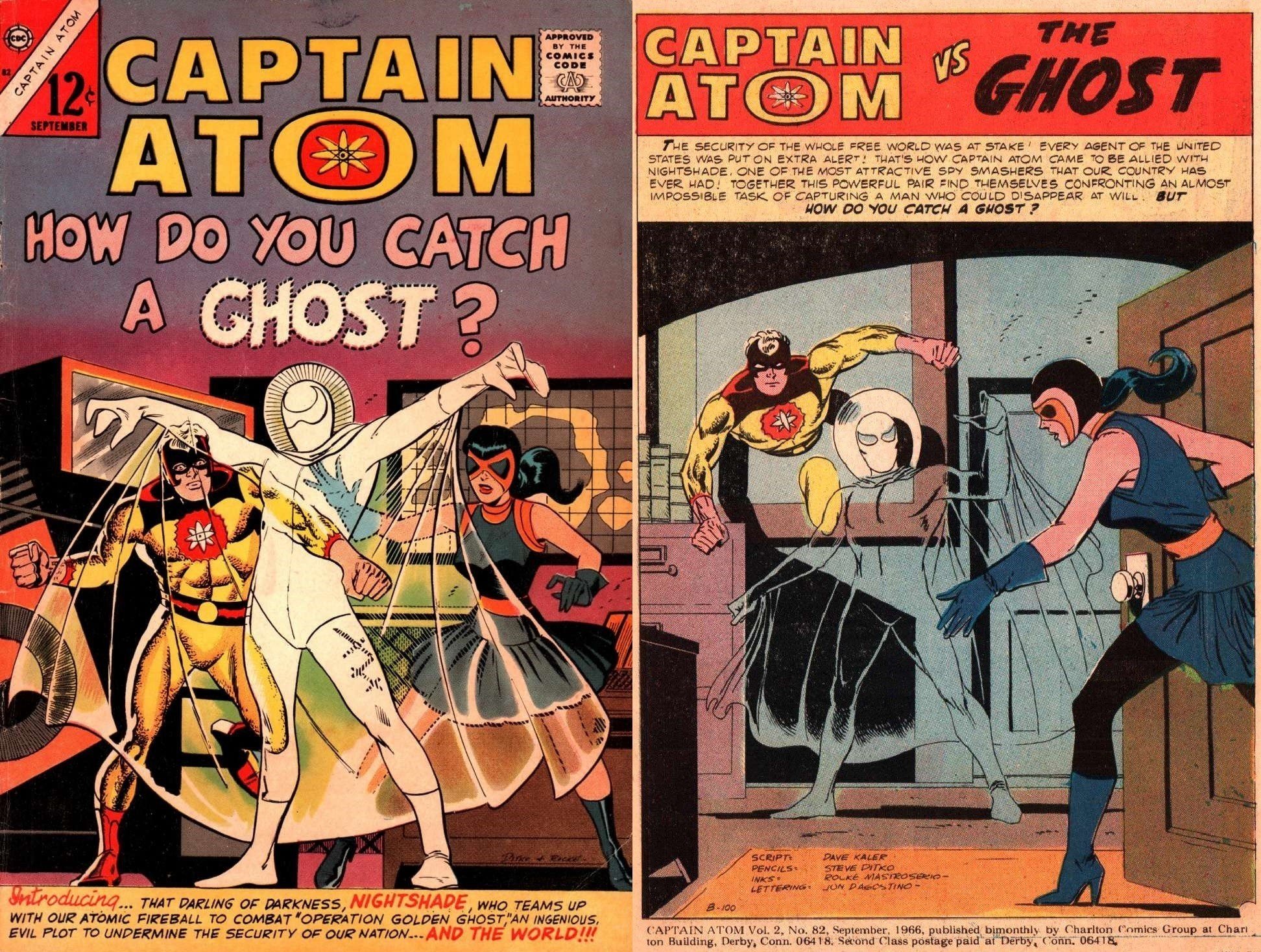
Although Alan Moore directly links Silk Spectre to Nightshade, there are differences such as Nightshade’s other-dimensional powers, and so also based much of both Silk Spectres off of the Golden Age character, The Phantom Lady. Phantom Lady was created by Arthur Petty and the Eisner Iger Studio in Police Comics #1, 1941. She had no superpowers, was very athletic, and purposefully wore a skimpy outfit to confuse and distract her enemies, which was similar to both versions of the Silk Spectre character in the Watchmen series. The art is quite graceful, and her story’s beautifully made.
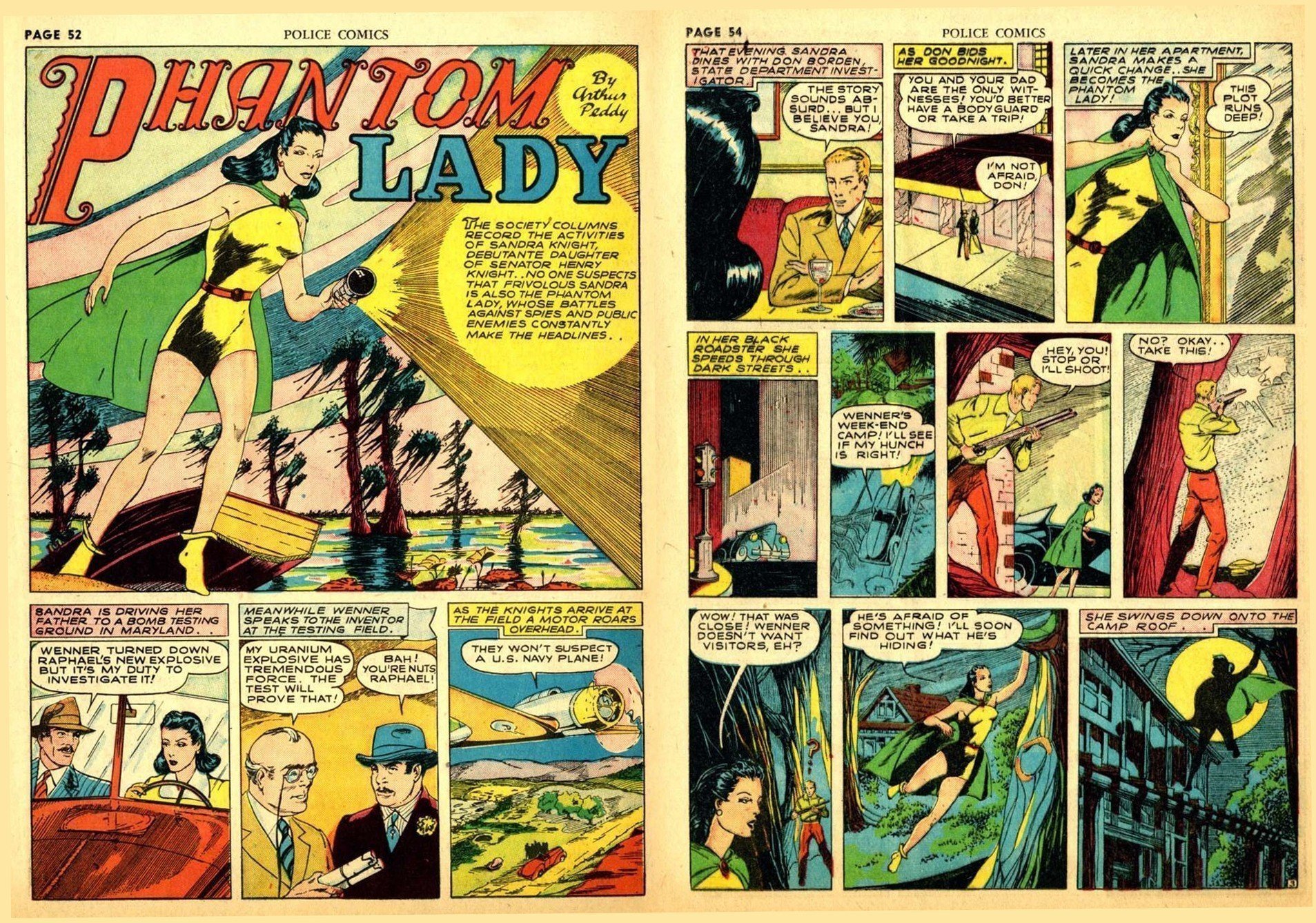
As nice as it was, Quality stopped using the character, and Fox Comics then picked up the character in the late 1940s and continued their numbering from Wotalife Comics, bringing her into Phantom Lady #13, 1947. This second series of Phantom Lady is notable because although the credit says Gregory Page, that is actually a pen name for the true scripter, a female named Ruth Roche. The artist is the famous and African-American Matt Baker, who was famous for his Good Girl art during this time, adding more bondage and cleavage to Phantom Lady.
Matt Baker is an incredible artist of the female anatomical form and deserves very up-close study of his technique. Phantom Lady and Nightshade combine to make Alan Moore and Dave Gibbons’ Silk Spectre 1 and 2.
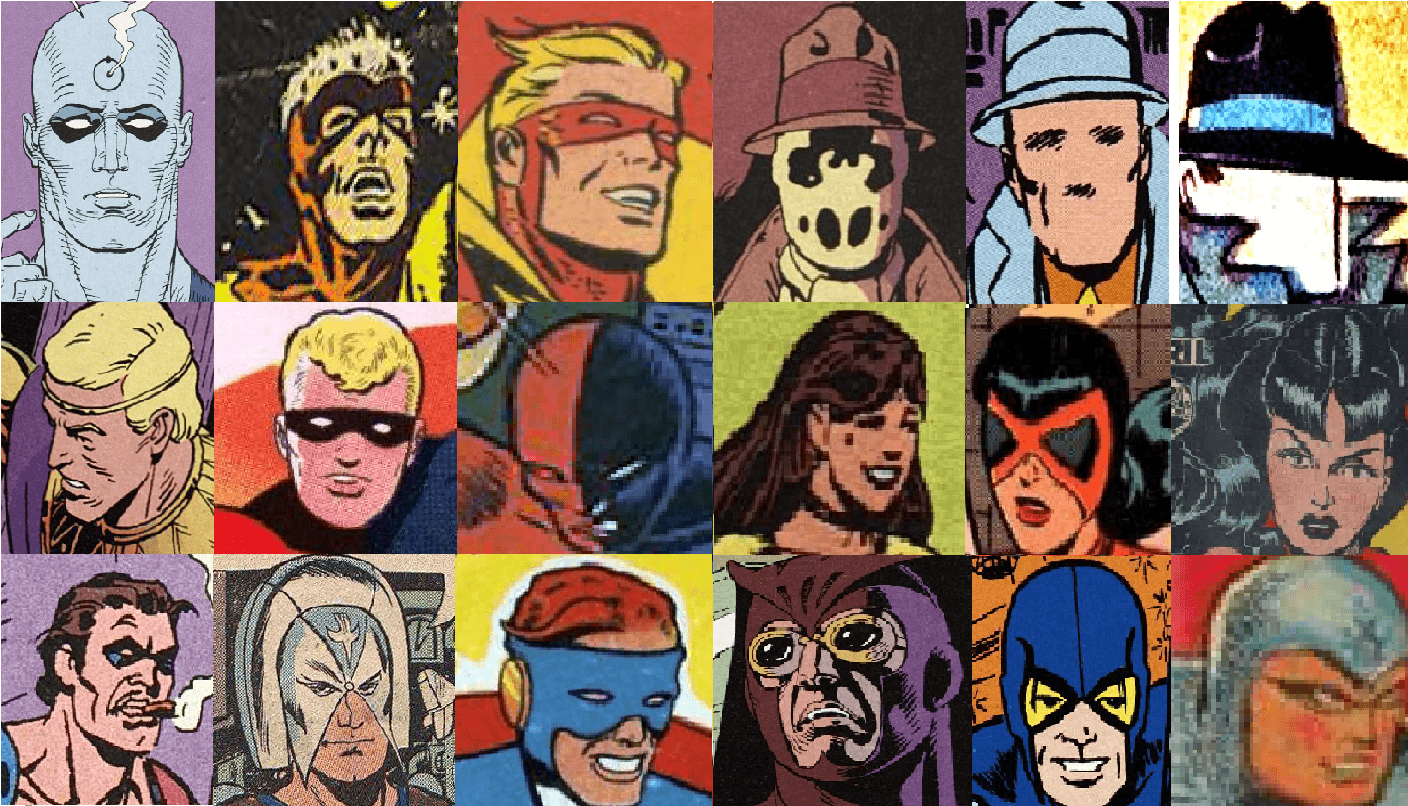
I think something that makes this Watchmen series powerful is its constant cycling between the Golden Age, the Silver Age, and then the Modern Dark Age of the 1980s. And by harnessing the actual characters from those ages and merging them into something powerful and interesting, it’s further even more interesting to know the backgrounds of the characters that Moore and Gibbons created as we read the 1986 graphic novel and watch them get deconstructed and broken into something that continues to make an impression on readers even decades later by showing how they could be something truly awful in the real world. Cheers.
Join us for more discussion at our Facebook group
check out our CBH documentary videos on our CBH Youtube Channel
get some historic comic book shirts, pillows, etc at CBH Merchandise
check out our CBH Podcast available on Apple Podcasts, Google PlayerFM and Stitcher.
Watchmen ©DC Comics, Detective Comics ©DC Comics, Atoman – Public Domain, Lev Gleason Daredevil – Public Domain, Phantom Lady – Public Domain, Music – No Sense – Standard License, Captain Atom, Peacemaker, Nightshade, Blue Bettle Thunderbolt, The Question, ©DC Comics, The Shield ©Archie Comics, The Blank ©Tribune Media Services.









